1lumen selects and reviews products personally. We may earn affiliate commissions through our links, which help support our testing.
Acebeam W35 review
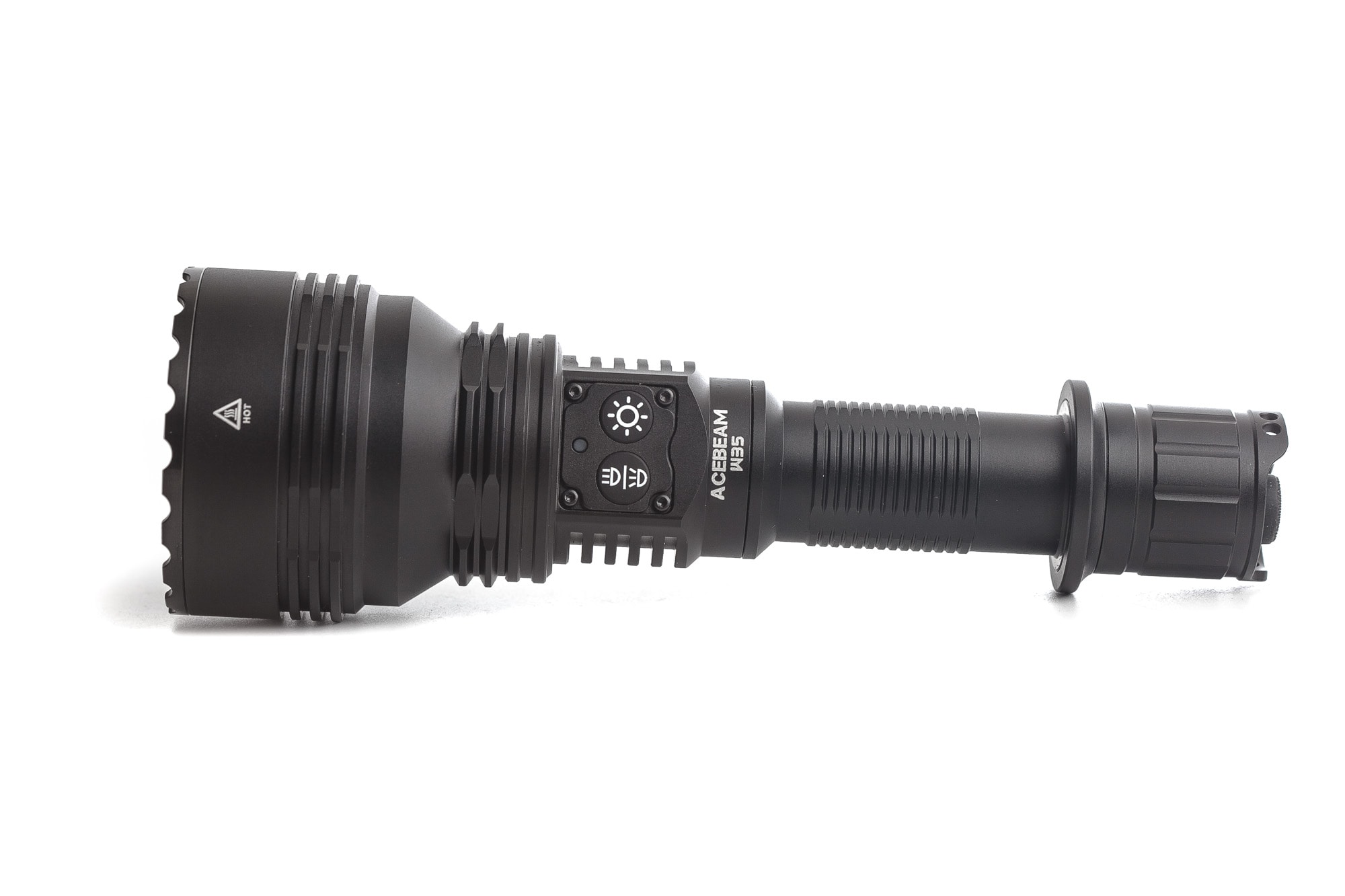
Acebeam W35 specifications
| Brand/model | Acebeam W35 LC DEL |
|---|---|
| Flashlight category | LEP / long-range / search and rescue |
| LEP | Shine through |
| Max. output | 800 Lumens |
| Max. beam distance | 2,600 meters |
| Max. beam intensity | 1,690,000 cd |
| Battery config. | 1*21700 |
| Onboard charging | USB-C |
| Modes | 4 + zoom |
| Blinkies | Strobe |
| Waterproof | IP68 |
| Review date | December 2023 |
Review intro:
LEP stands for Laser Excite Phosphor and refers to the light source being a laser instead of an LED chip. The blue laser light shines onto a translucent layer of phosphor that turns the blue beam into a white-ish beam. With the help of a small silicone dome and a convex lens, the beam becomes wider and looks more like your average LED flashlight.
Although we’ve reviewed many LEP flashlights, this one is a little different. Not that it uses a new kind of LEP module, no! But they have a unique way of ‘zooming’ the beam from narrow to wide. It’s really one of a kind!
Acebeam calls it Liquid Crystal Diffractive Electro-optic Lens (LC DEL) Zoom. It doesn’t only sound very sophisticated, it also is.
So, what are the benefits of this all? And how does it perform in the real world? Is it just bragging rights, or does it actually have any benefits?
Let’s find out in this review.
Package quality.
The Acebeam W35 is shipped in a pretty nice carton box. It would have been nice to have it shipped in a hard case to make it look even more deluxe. Inside the box, you will find the following:
- Acebeam W35
- 21700 battery (loaded in the flashlight)
- Lanyard
- Spare O-rings
- USB-C charging cable
- Warranty card
- Warning
- Manual
You need to remove the battery insulator disc before your first use. Unscrew the tailcap and simply remove the plastic insulator.
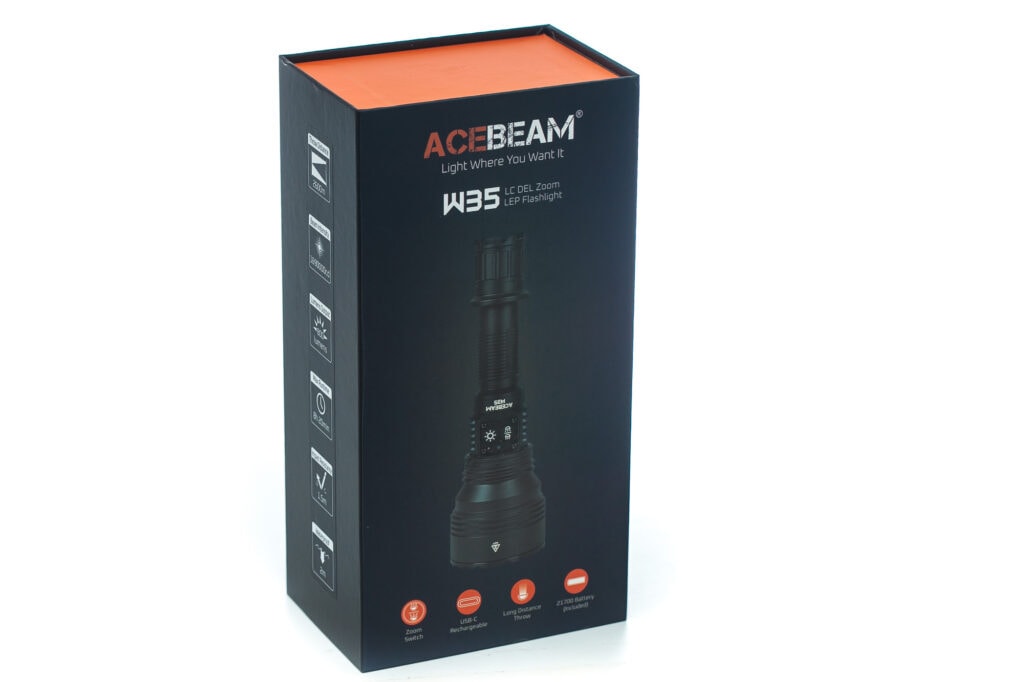
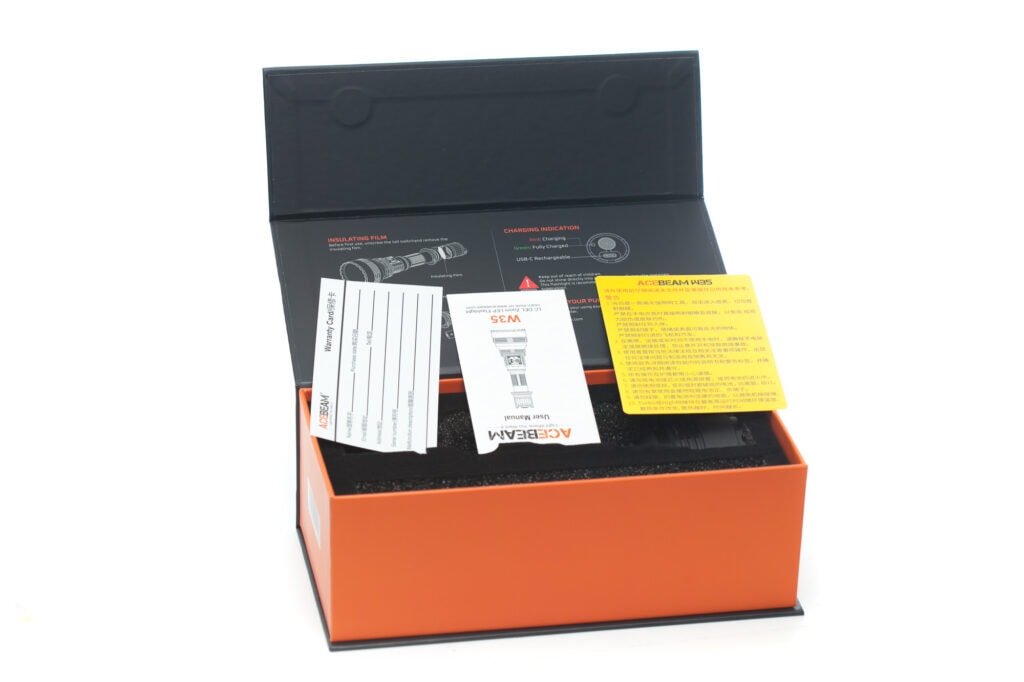
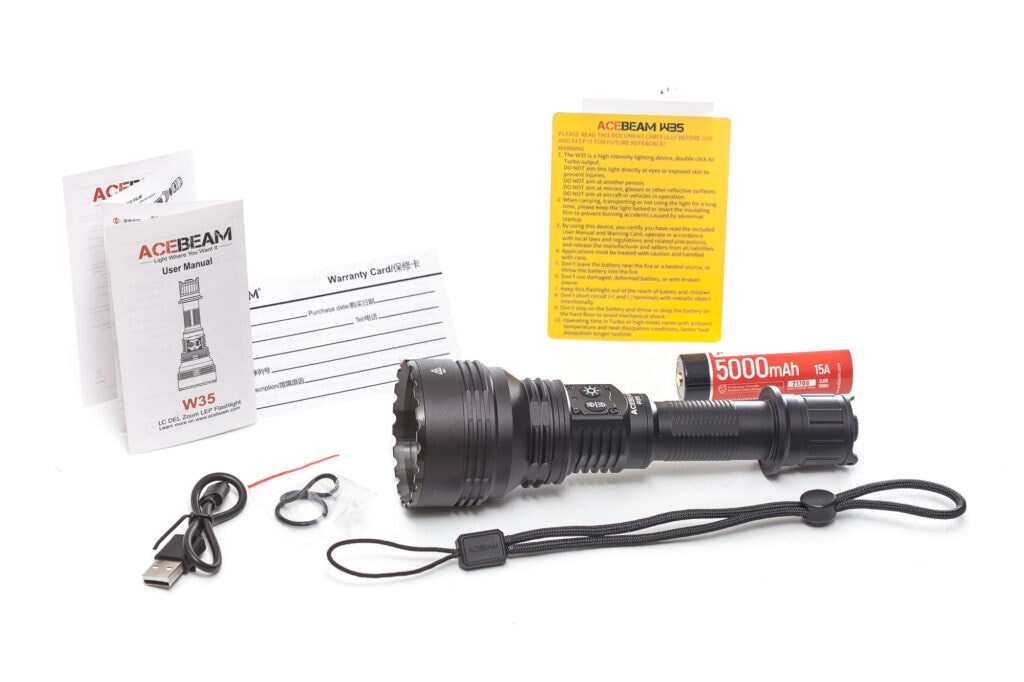
Flashlight in use, Build Quality, and Warranty
Acebeam has been around for quite some time now, and they know how to produce high-quality flashlights. And the Acebeam W35 is no exception. Some of their well-known flashlights are the Acebeam W30 (the predecessor of the W35) as well as the X70, X75, E70, and E75, to name a few.
With 2 side switches and 1 rear switch, you directly know this is not the same as the W30. Why do you need 2 side switches if the W30 only had a rear switch?
That’s where the biggest difference lies.
The rear end has a forward-clicky mechanical switch (for power), while the side has 2 electronic switches are for adjusting the focus and modes. Right above the 2 side switches is a small LED, that shows the current battery status. It’s really helpful to have the LED because it makes it more clear to differentiate between the 2 switches. If you didn’t have that little light, you’d have to go by feeling, which is much more difficult and impossible wearing gloves. So that’s a nice feature, Acebeam!
With icons, Acebeam differentiates the 2 switches with the left switch for focusing the beam and the right one for changing its output.
Acebeam made some changes to the successor of the W30 flashlight. One of the changes was the removal of the tripod mount, which was unique to the W30 flashlight. It is uncommon for LEP flashlights of this size to have one. Therefore, if you want a flashlight with a tripod mount, you will not be able to find it on the W35.
Instead, you could get a clamp with a tripod mount, like this Smallrig clamp (see at Amazon.com)
I am using that one for my Candela measurements.
In terms of handling, you can use and carry it in the underhand and the overhand position. In the overhand position, you can rest your thumb on the rear switch and use it for momentary-on.
And in the normal, underhand position, you can rest your thumb near the 2 switches, and control the light that way, but there is no electronic standby mode.
While the body is reminiscent of any traditional knurling, the aluminum (removable) cigar grip ring gives you plenty of grip.
The head features small cutouts that help the flashlight to remain stable on a slightly inclined surface or prevent it from rolling off a table.
While Acebeam didn’t include a holster with the W35, they have included a lanyard, offering an alternative method for carrying it.
Warranty terms:
1. If the customer experiences any problems with an Acebeam product within 15 days of purchase, the dealer will replace that product.
2. If an Acebeam flashlight fails during normal use within a period of five years (60 months) of purchase, the dealer will repair or replace the flashlight with the same or similar model.
3. Acebeam flashlights enjoy a limited lifetime warranty – after 60 months the dealer will attempt to repair the flashlight for the cost of spare parts and shipping (i.e. no charge for labour).
Please note:
A: This warranty applies to Acebeam flashlights, headlamps, bike lights and camping lanterns, excluding lanterns with built-in batteries, purchased after 1 May 2016;
B: Rechargeable batteries, battery chargers, bike mounts, filters, remote pressure switches and lanterns with built-in batteries are warranted for a period of one year (12 months) from date of purchase;
C: Products purchased before 1 May 2016 and special offers may have different warranty terms;
D: The warranty does not cover damage or failure caused by:
– Rough usage or operation which does not comply with the user manual or product specifications;
– Battery leakage;
– Unauthorized disassembly, repair or modification;
– Defects or damaged caused by factors outside of Acebeam’s control.
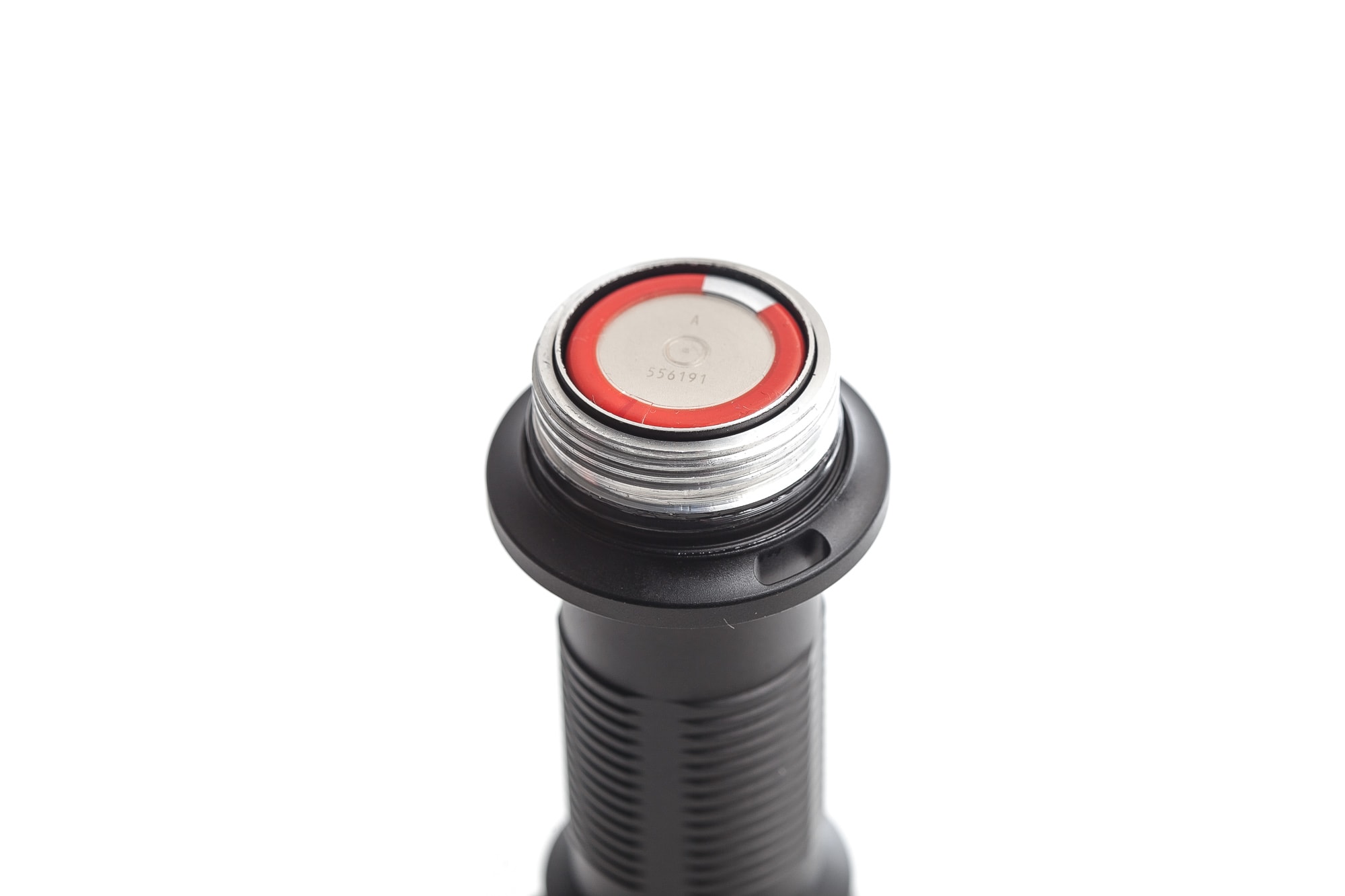
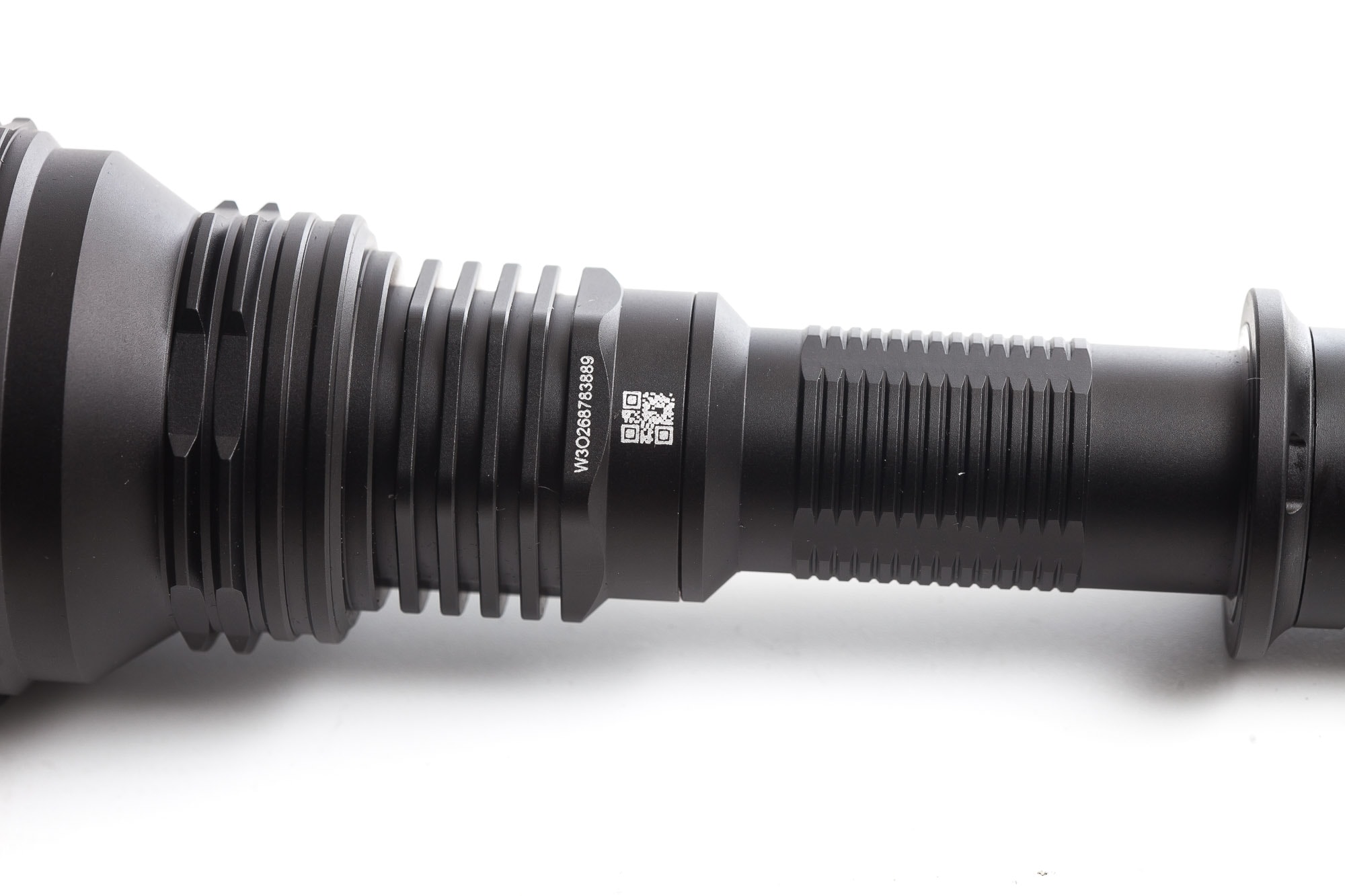
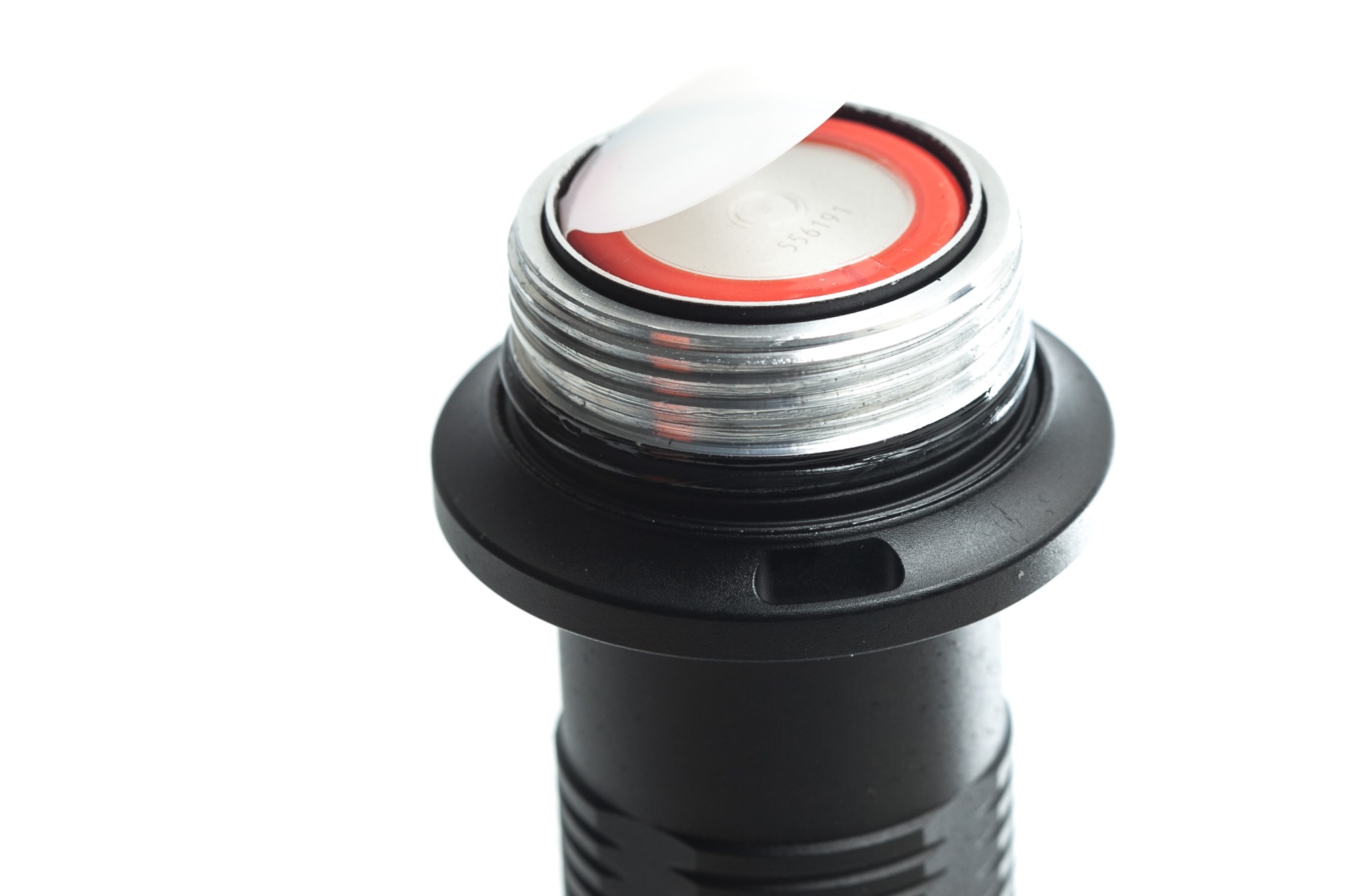
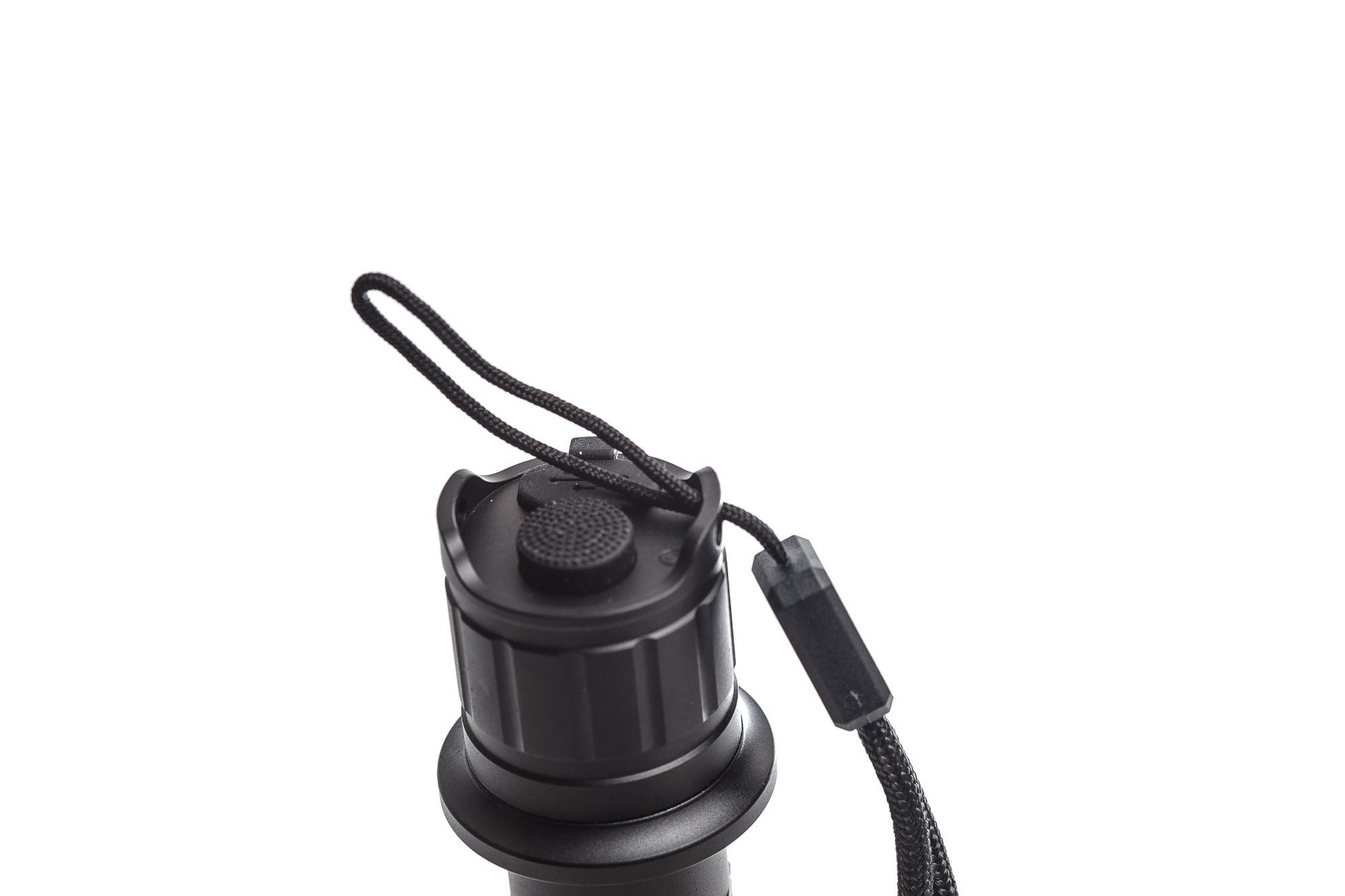
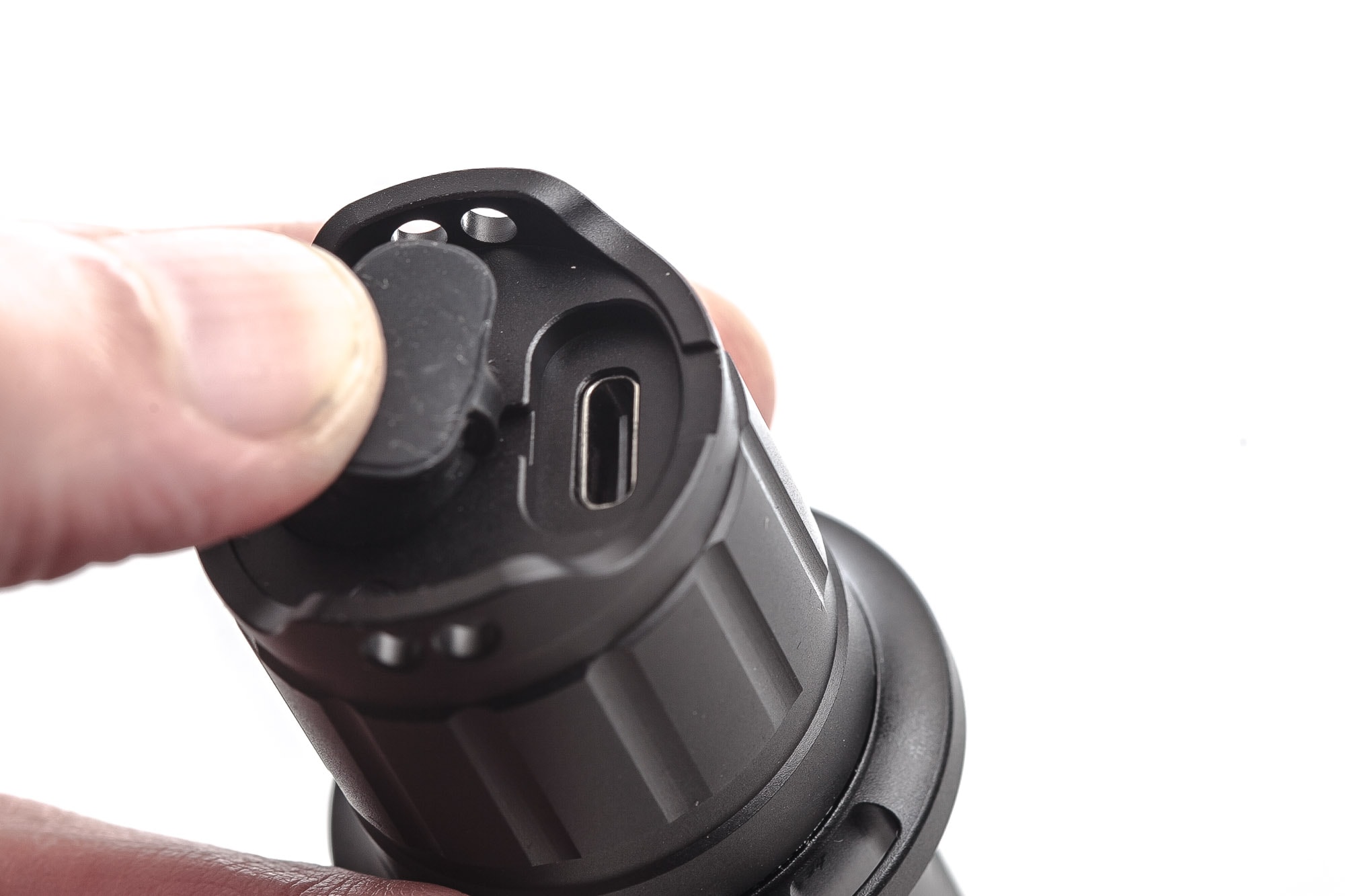
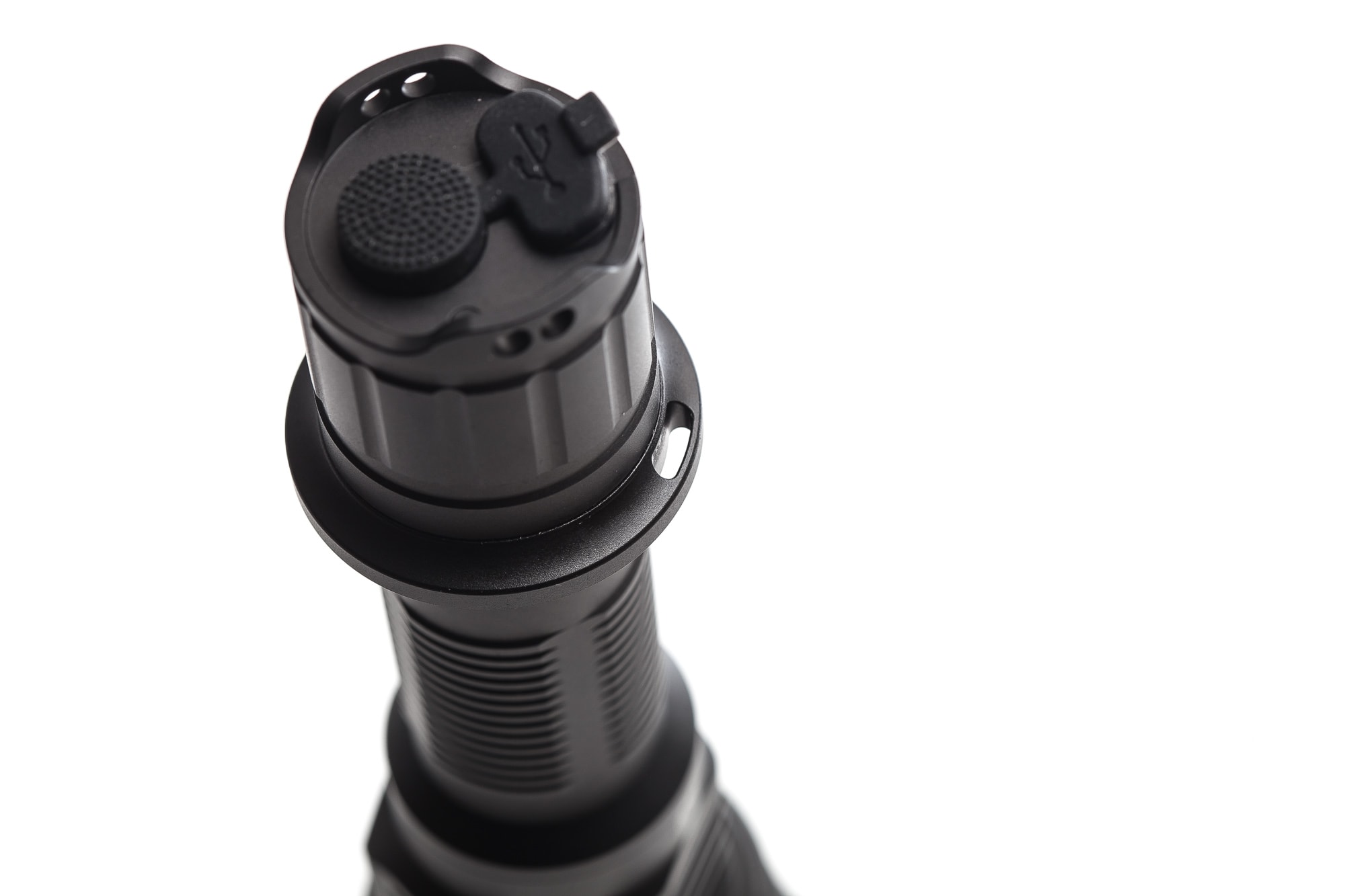
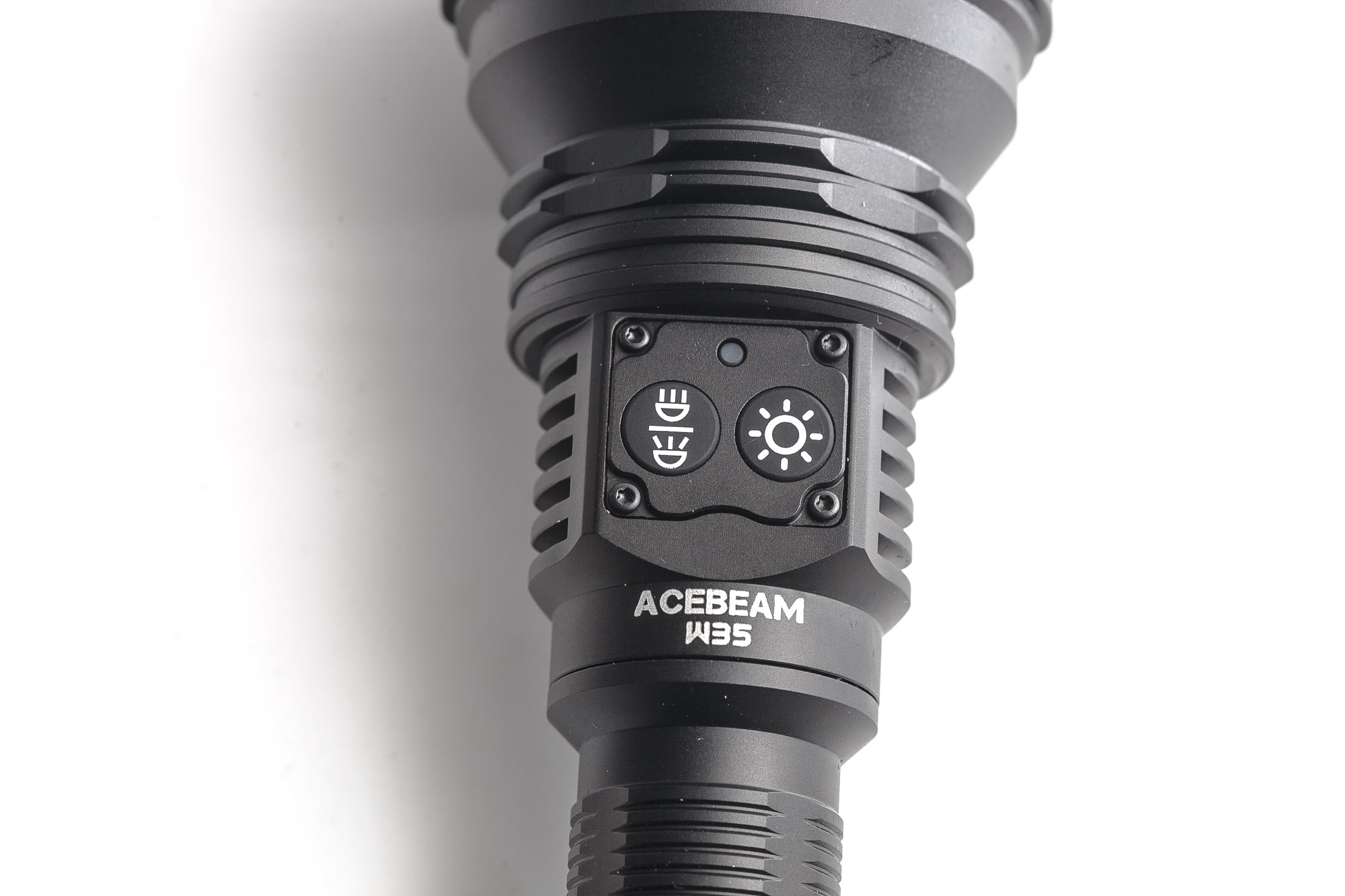
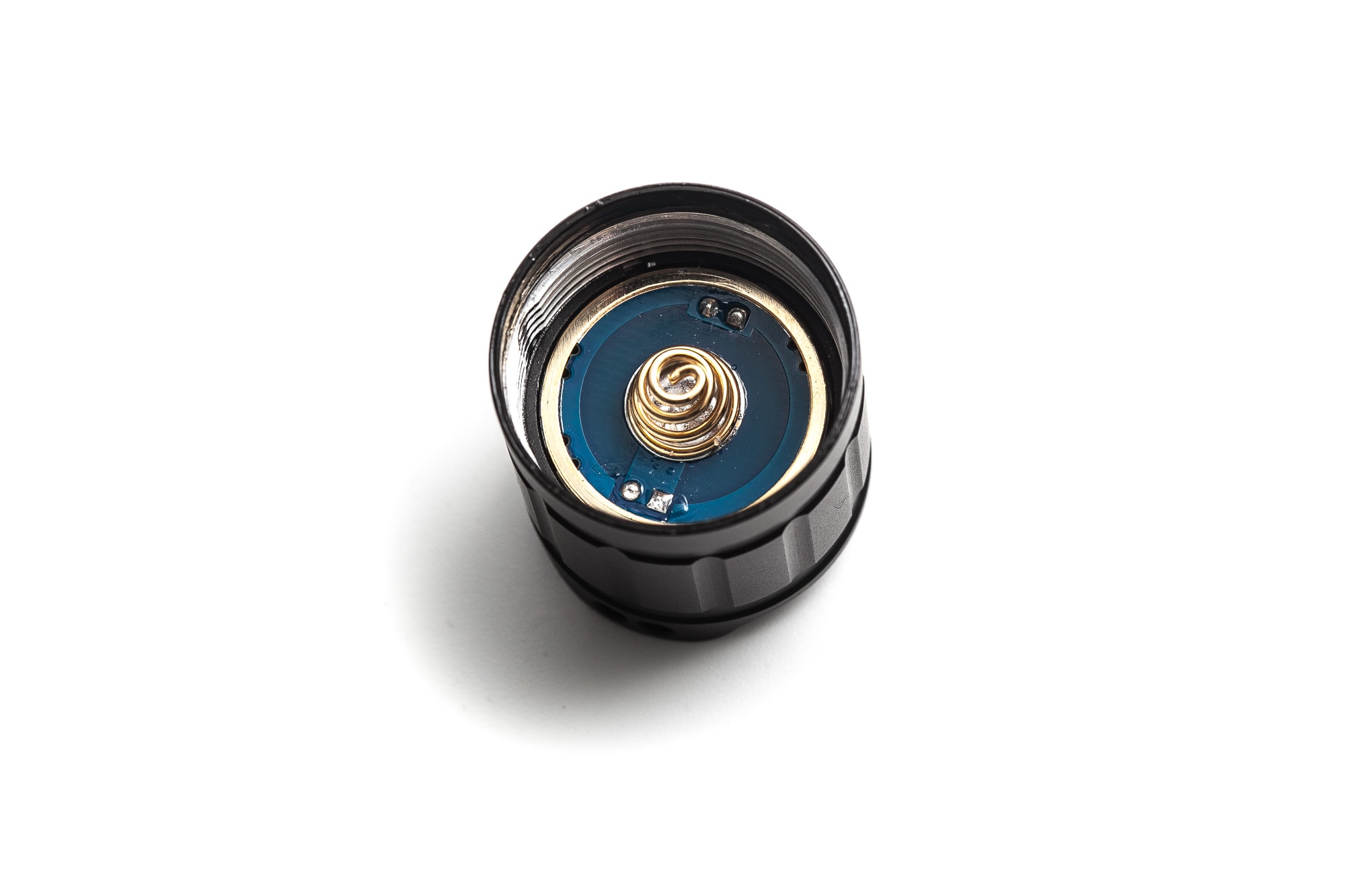
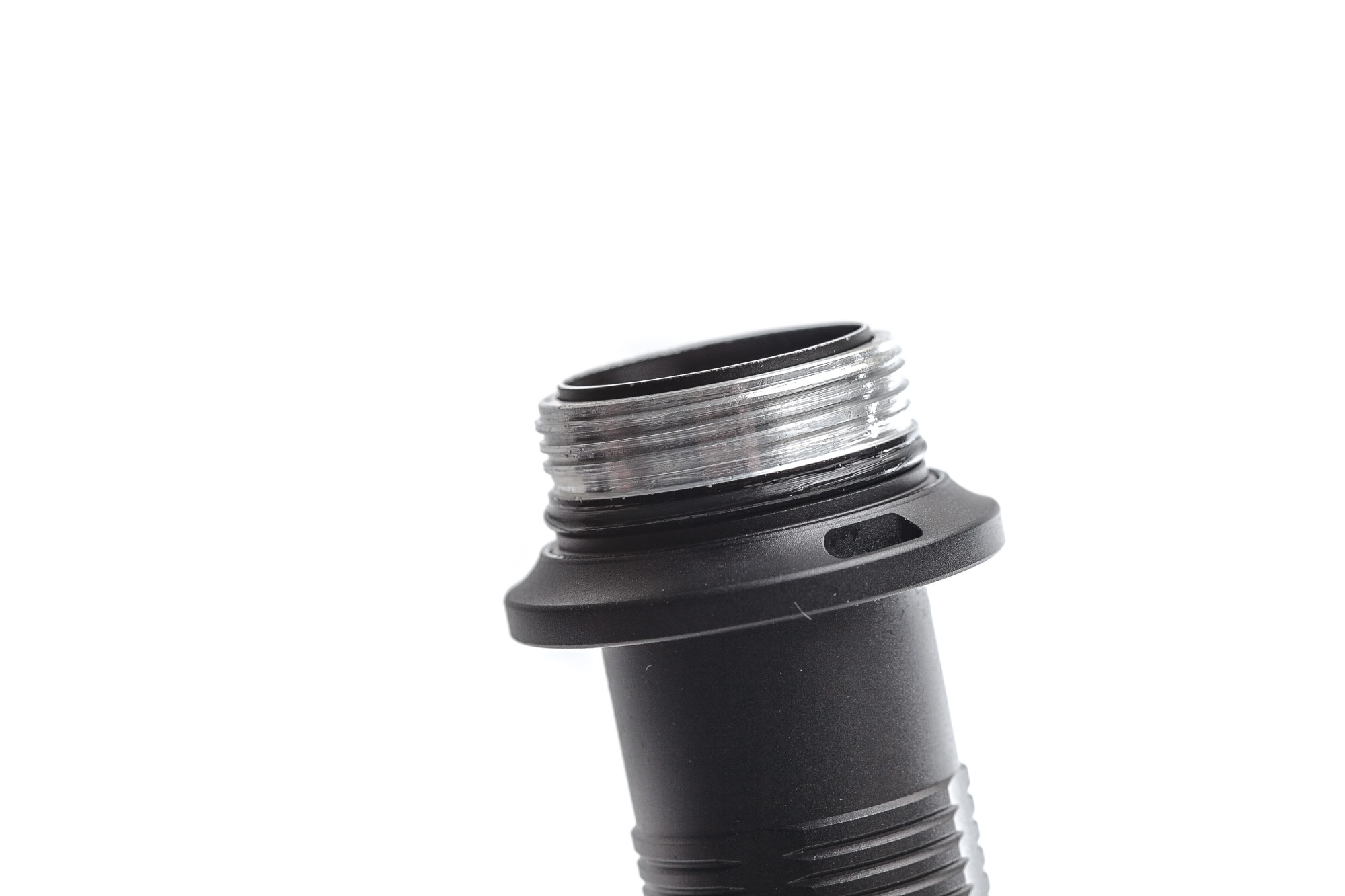
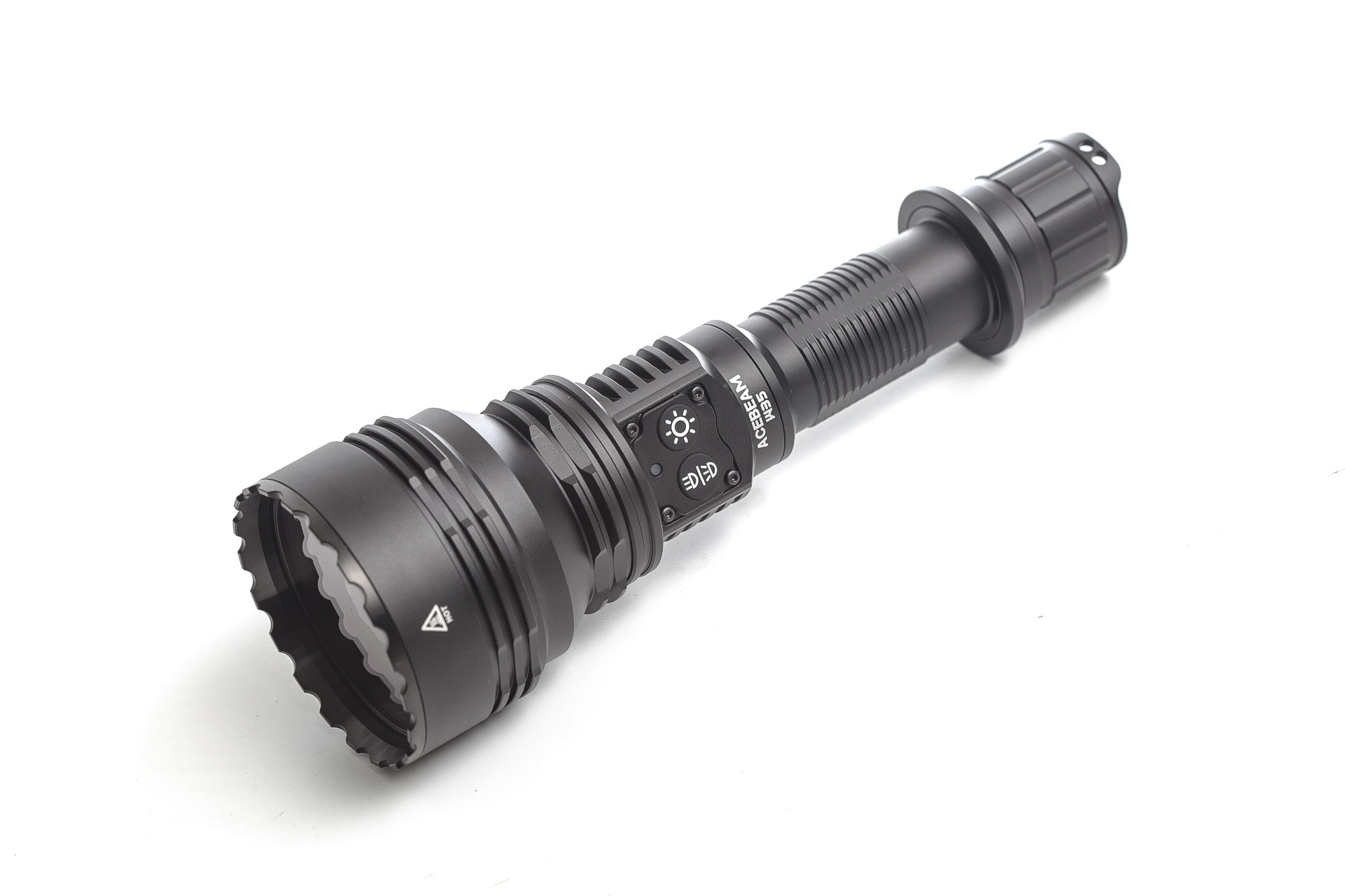
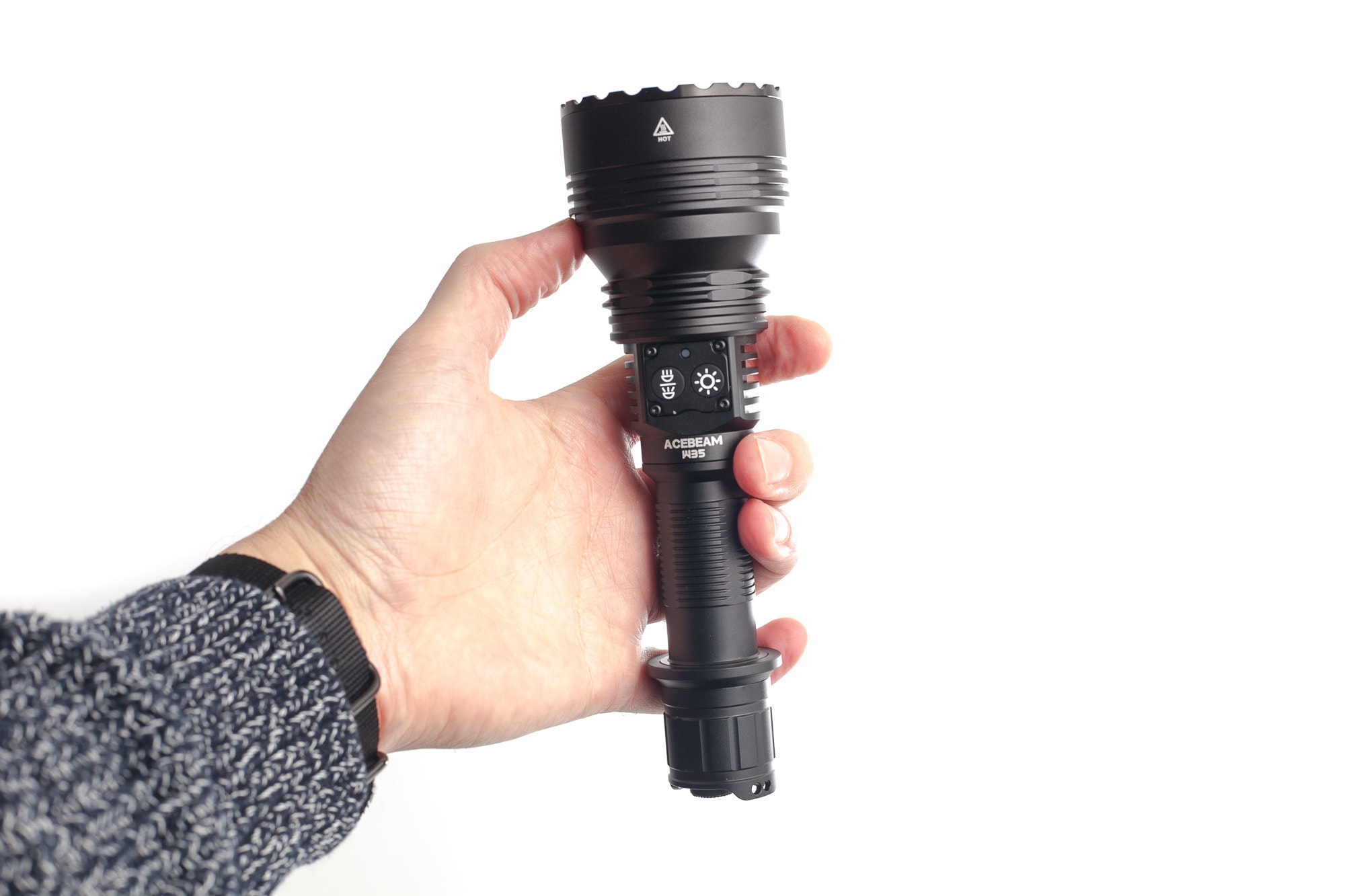
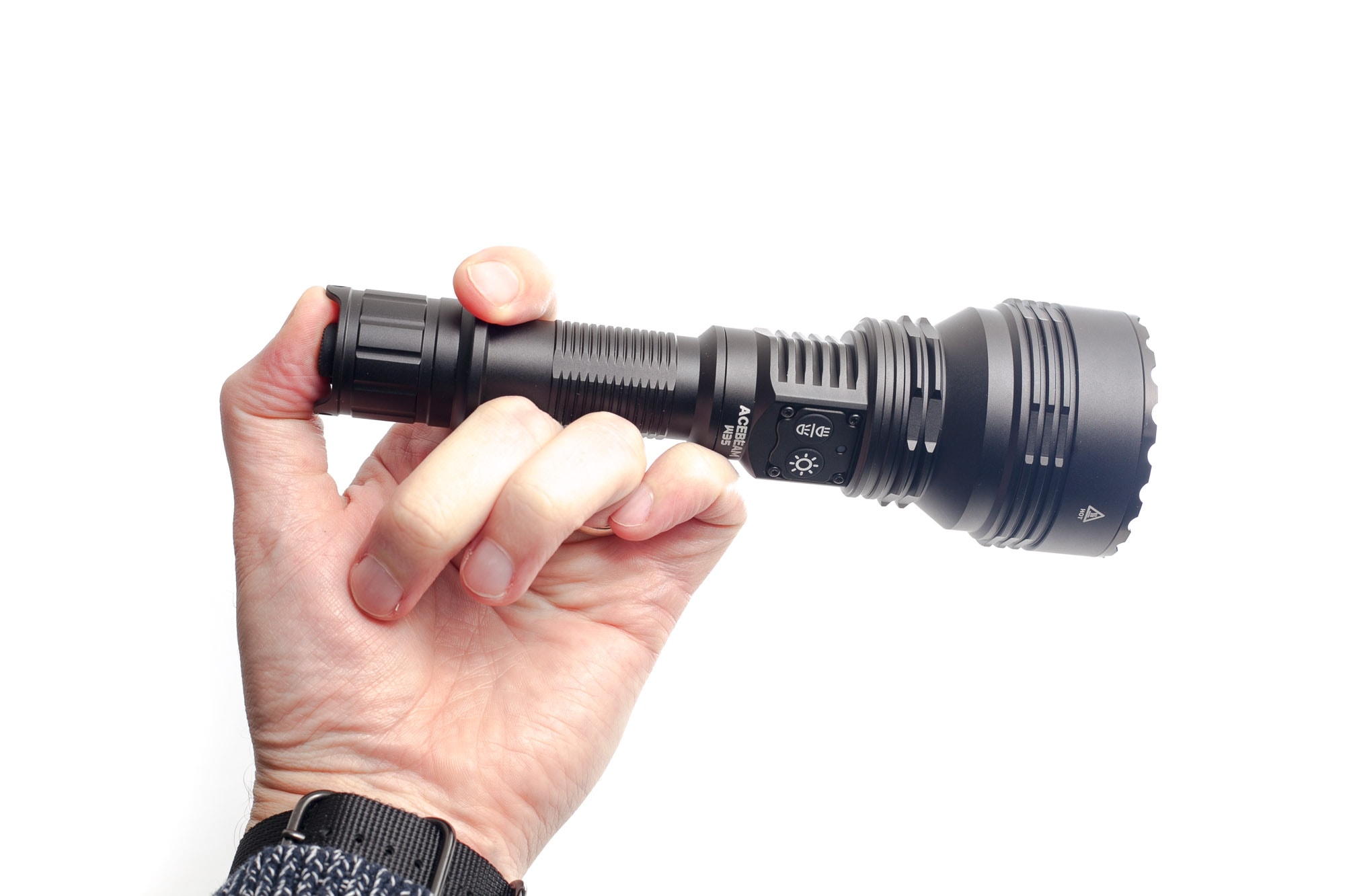
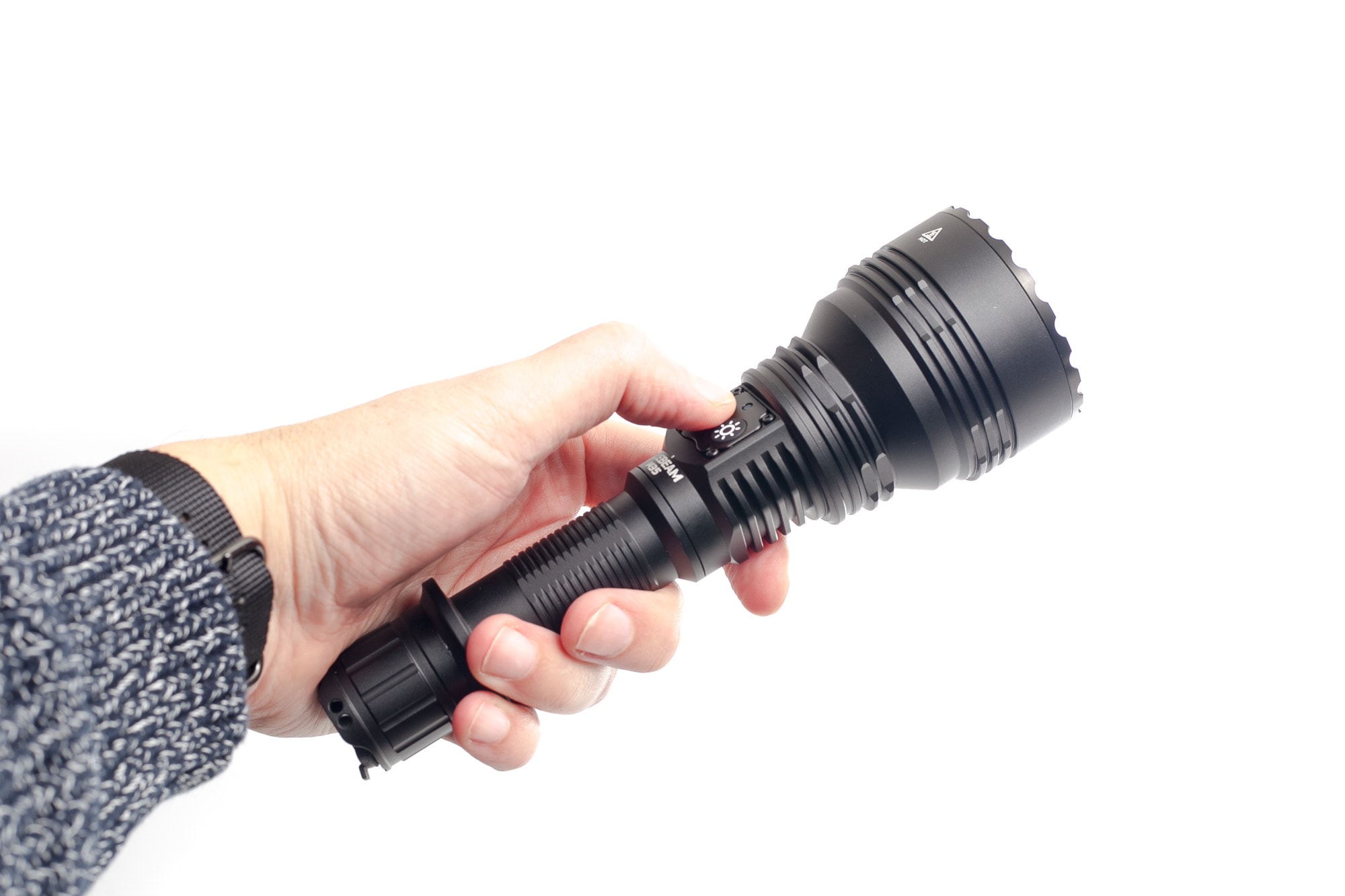
LEP, Lens, Bezel, Beam, and Reflector
This is where things become a little more complicated.
First of all, we are not talking about an LED flashlight but an LEP flashlight. Meaning the light source is not an LED chip but a blue laser. This blue laser light is turned into a yellow-white beam by shining it through a phosphor. With the help of a silicone dome and a convex lens, it turns the beam into something that looks like an ordinary LED flashlight.
Sort of, because the beam is still much narrower than any LED flashlight in this size category.
And on top of that, the W35 is not your average LEP flashlight either.
The most interesting and unique feature of the W35 is the Liquid Crystal Diffractive Electro-optic Lens (LC DEL) Zoom.
Yeah.. that’s a mouthful.
And to be honest, it’s still hard for me to understand how it works because when I look through the front lens, I can’t see anything moving, etc. But there must be something going on.
However, once the W35 is turned on, you will notice something that looks like a honeycomb when looking at the front lens from the side. It’s only visible when not in the most intense spot setting. Because besides this most intense spot setting, there are 8 zoom settings.
Well, in my opinion, the word Zoom may not be the best description, though. It would be better to call them diffuse modes because the beam doesn’t focus but gets blurrier/more diffused.
The beam itself is definitely not cold white. It’s not unfair to say that the beam is greenish. And my measurements confirm that.
In each of these different diffuse/zoom settings, you’ll still notice a tiny spot in the middle of the beam. This reminds me of using the lens filter on the NlightD L1, a close neighbor of the W35. And I double checked whether this filter would screw into the bezel of the W35, but no luck.
This little spot in the middle of the beam is not distracting, but you’ll definitely see it, and the farther away from the most intense hotspot, the less obvious it becomes.
I also tested the color temperature etc. in the widest zoom level.
Spectral measurements:
I used a Sekonic C800 spectrometer to measure the flashlight at 5 meters distance.
| Mode: | CCT: | CRI Ra: | duv | Tm30 Rf | Tm30 Rg |
|---|---|---|---|---|---|
| Turbo (zoom level 8) | 5913K | 65.5 | 0.0201 | 69 | 84 |
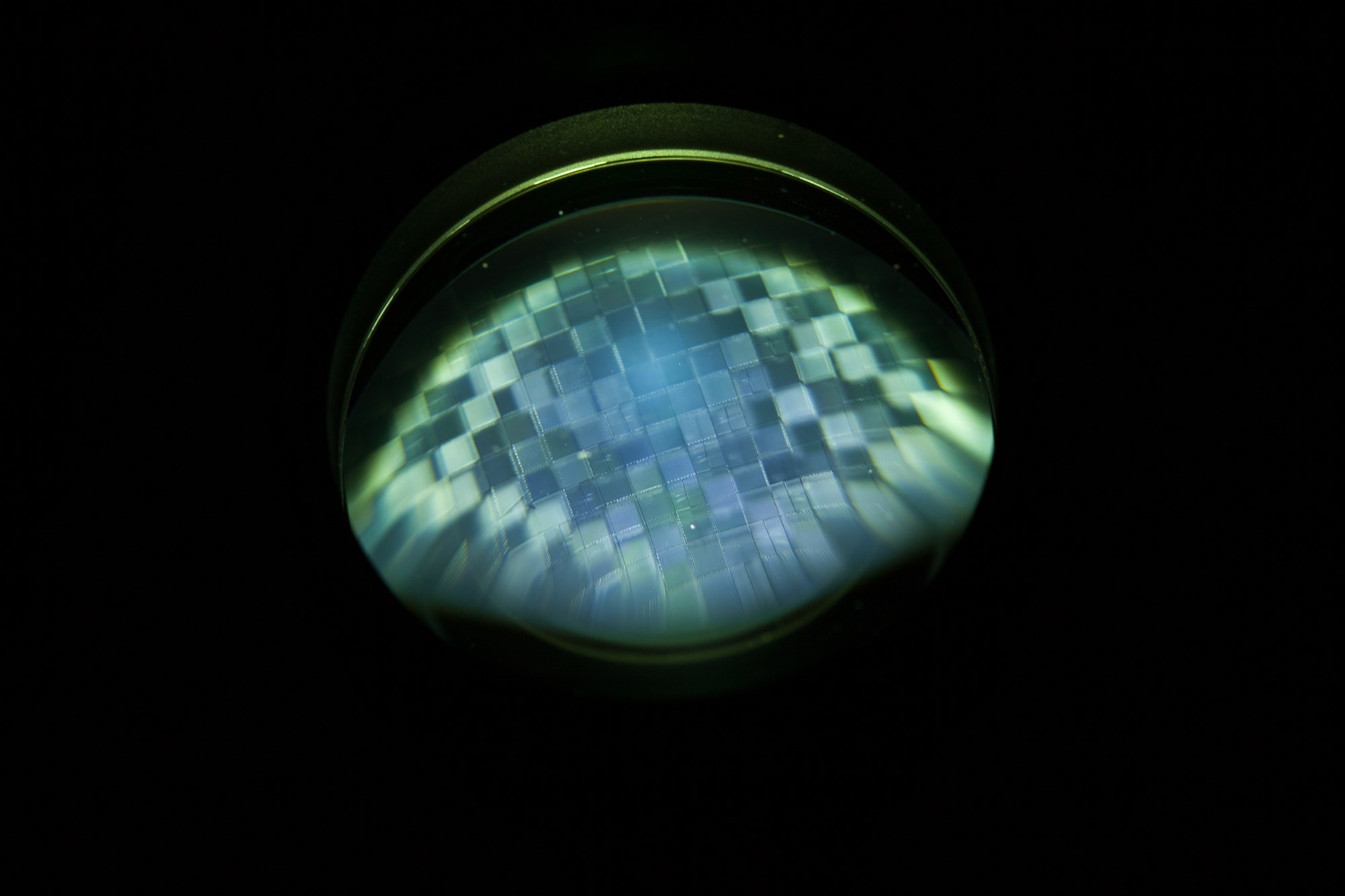
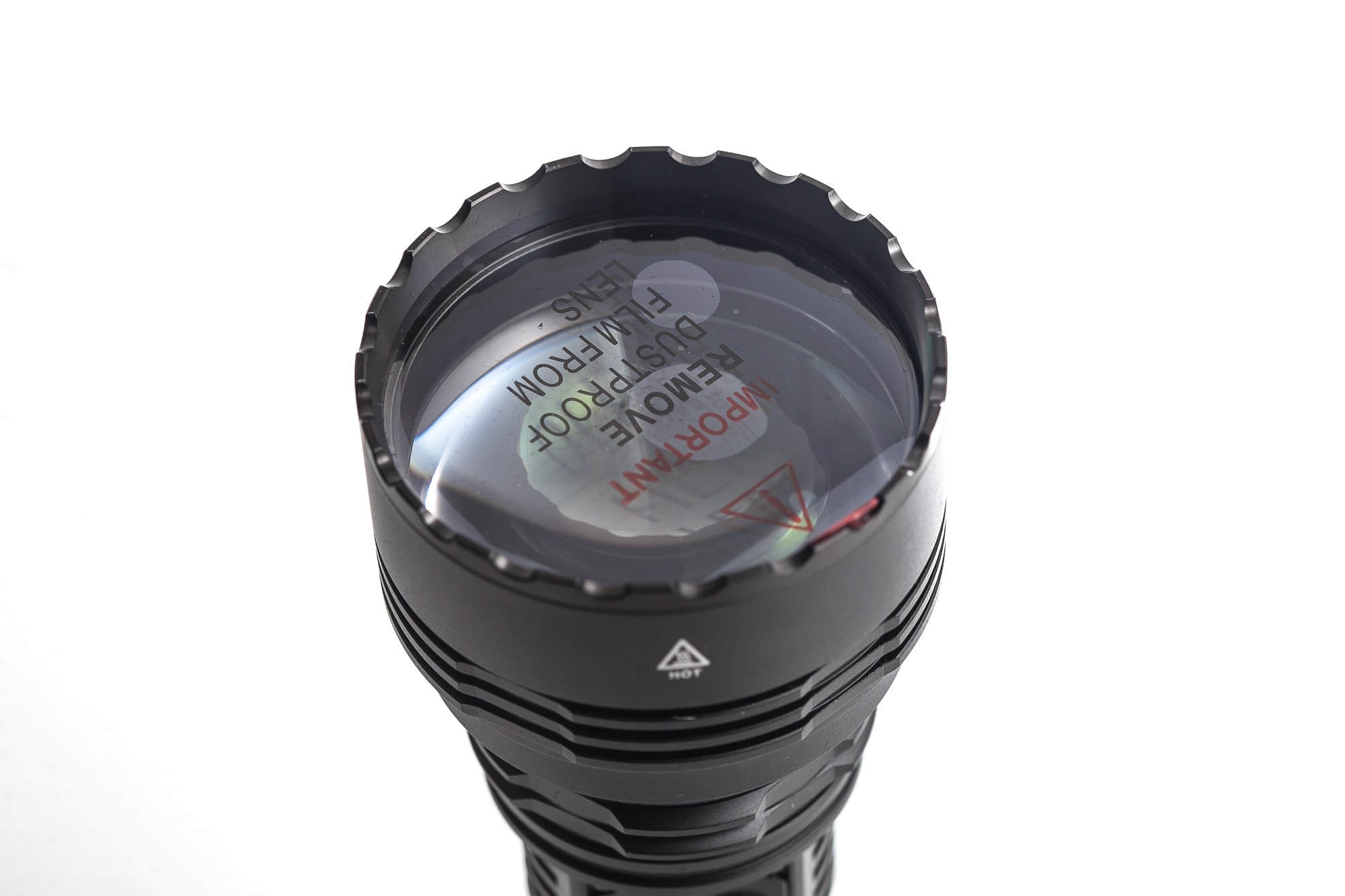
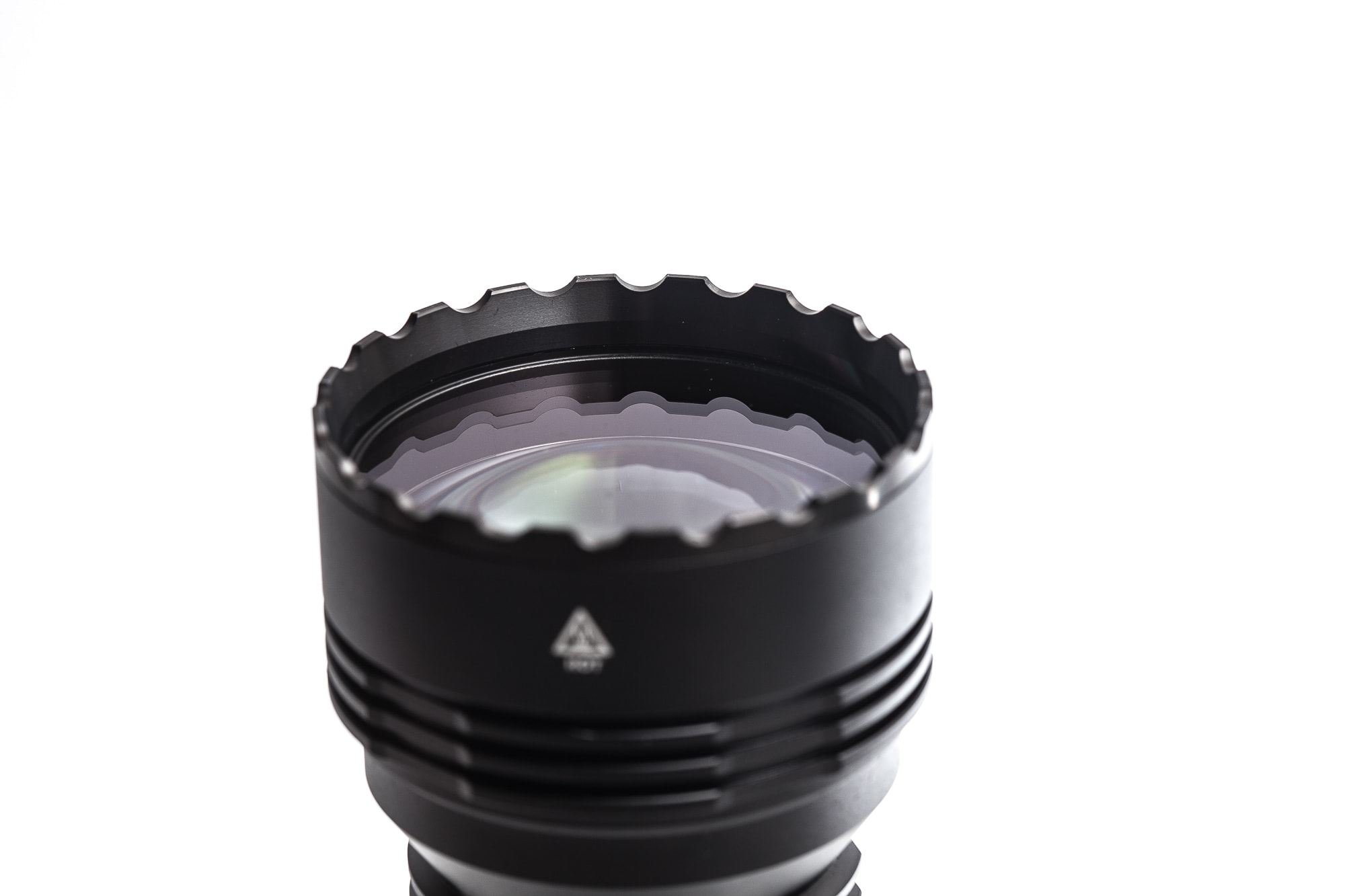
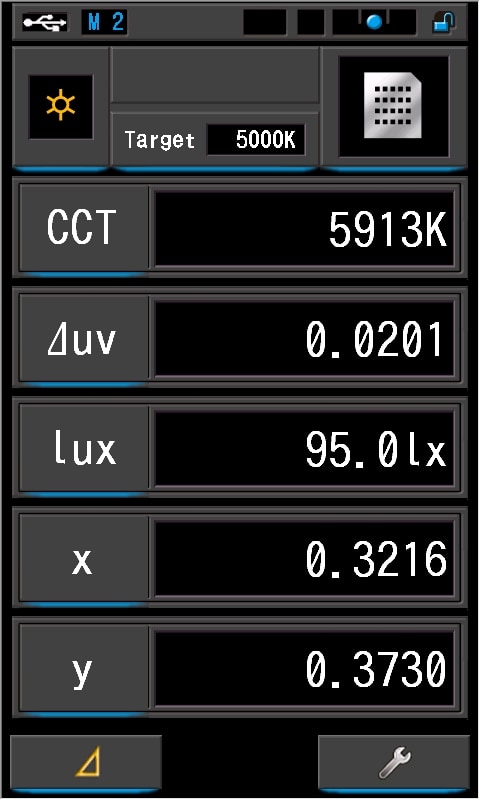
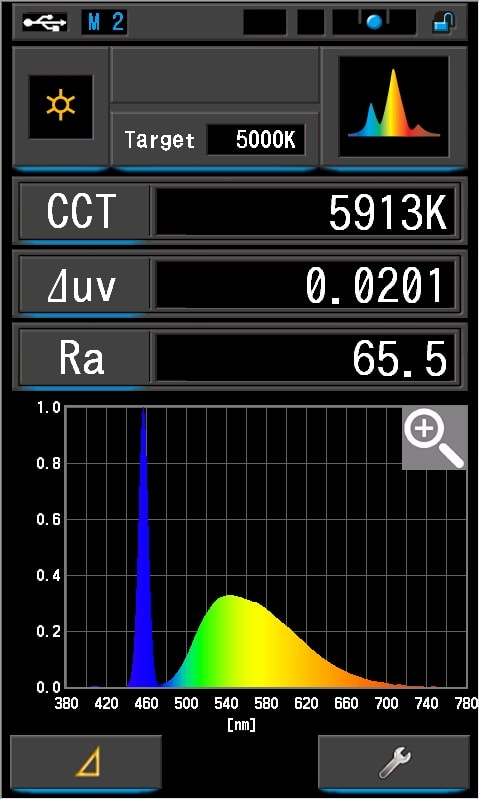
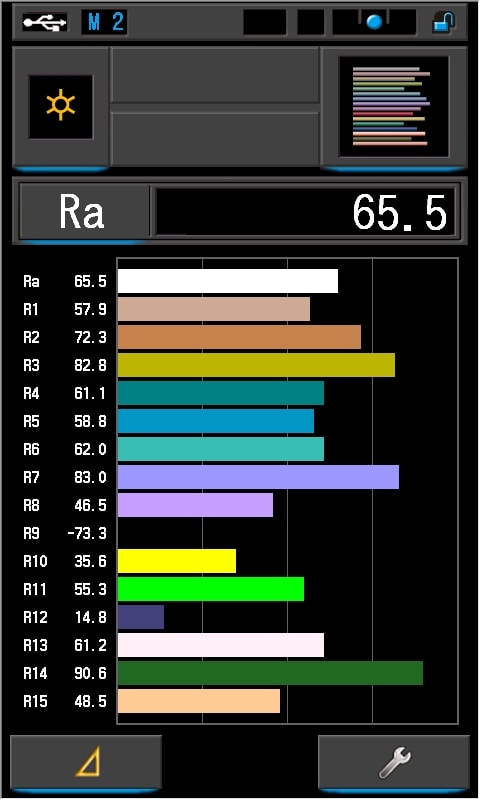
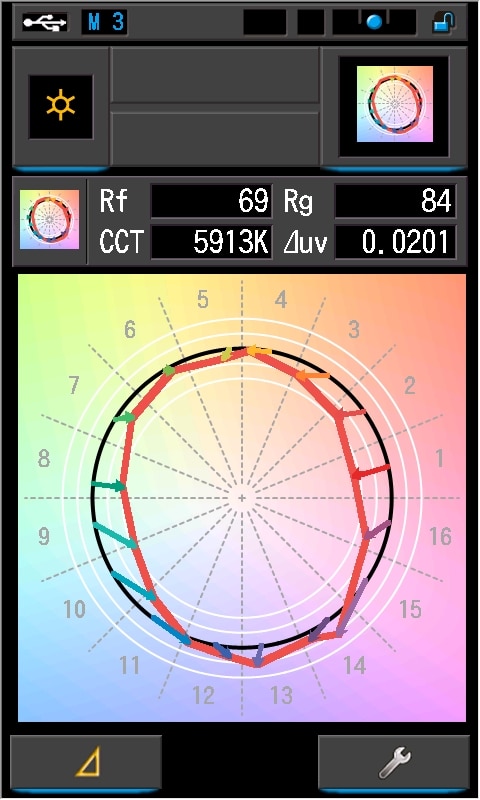
Dimensions and its competition
Dimensions:
| Acebeam W35 | Millimeters | Inches |
|---|---|---|
| Length | 189 mm | 7.4 in |
| Head diameter | 60 mm | 2.4 in |
| Body diameter | 25 mm | 1 in |
Dimensions are rounded to the nearest millimeter, and to the nearest tenth of an Inch.
Weight:
| Acebeam W35 | Weight in grams | Weight in oz. |
|---|---|---|
| Without battery: | 256 g | 9 oz |
| With battery | 334 g | 11.8 oz |
Weight is rounded to the nearest gram, and to the nearest tenth of an Oz.
Acebeam W35 Flashlight comparison
Size compared to other LEP flashlights
Group 1, from left to right: Acebeam W35, Acebeam W30
Group 2, the 3 brothers: NlightD L1, Acebeam W35, Acebeam W30
Group 3, Weltool W4 Pro, NlightD L1, Acebeam W35, Acebeam W30, Astrolux WP3
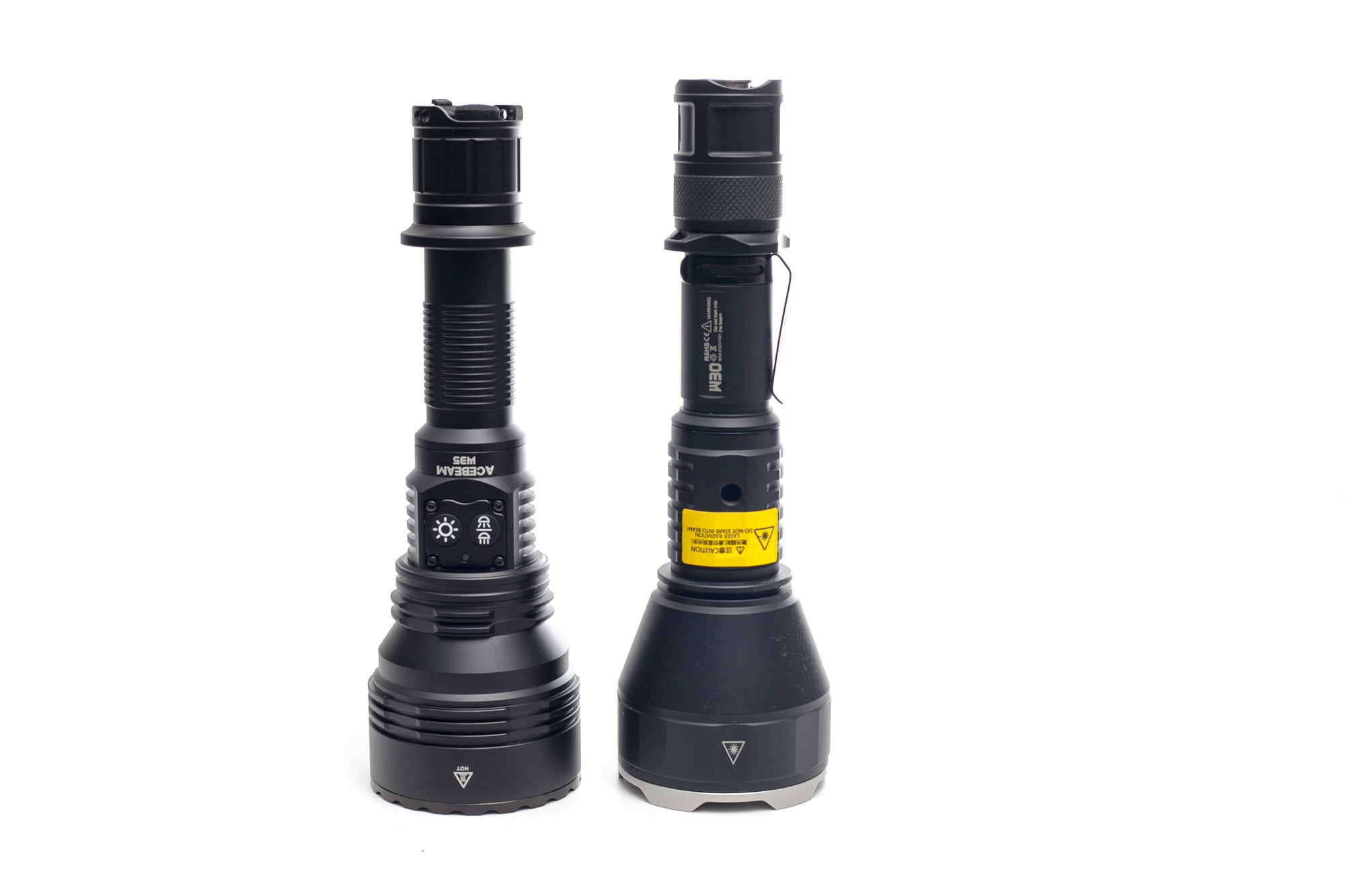
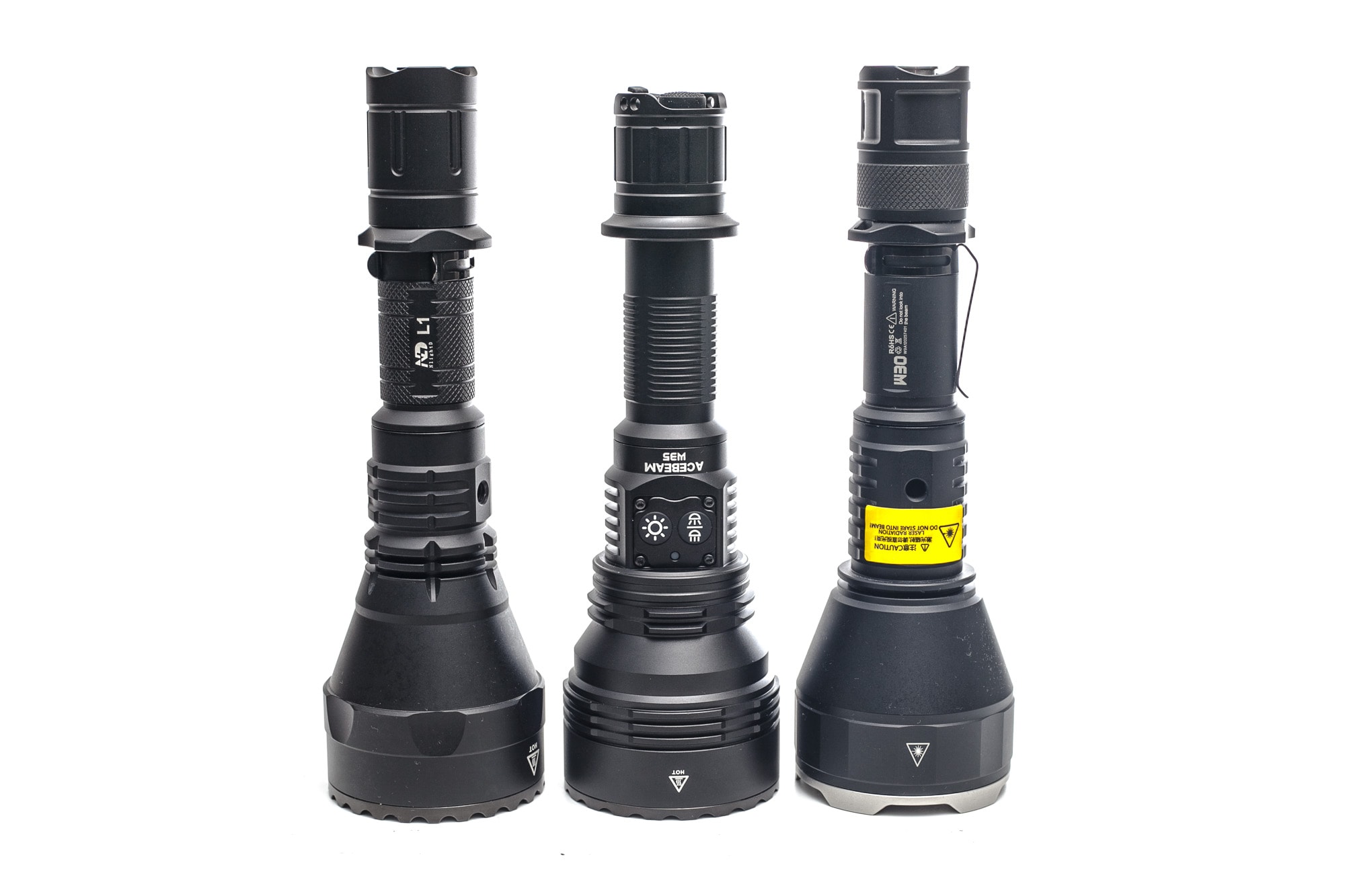
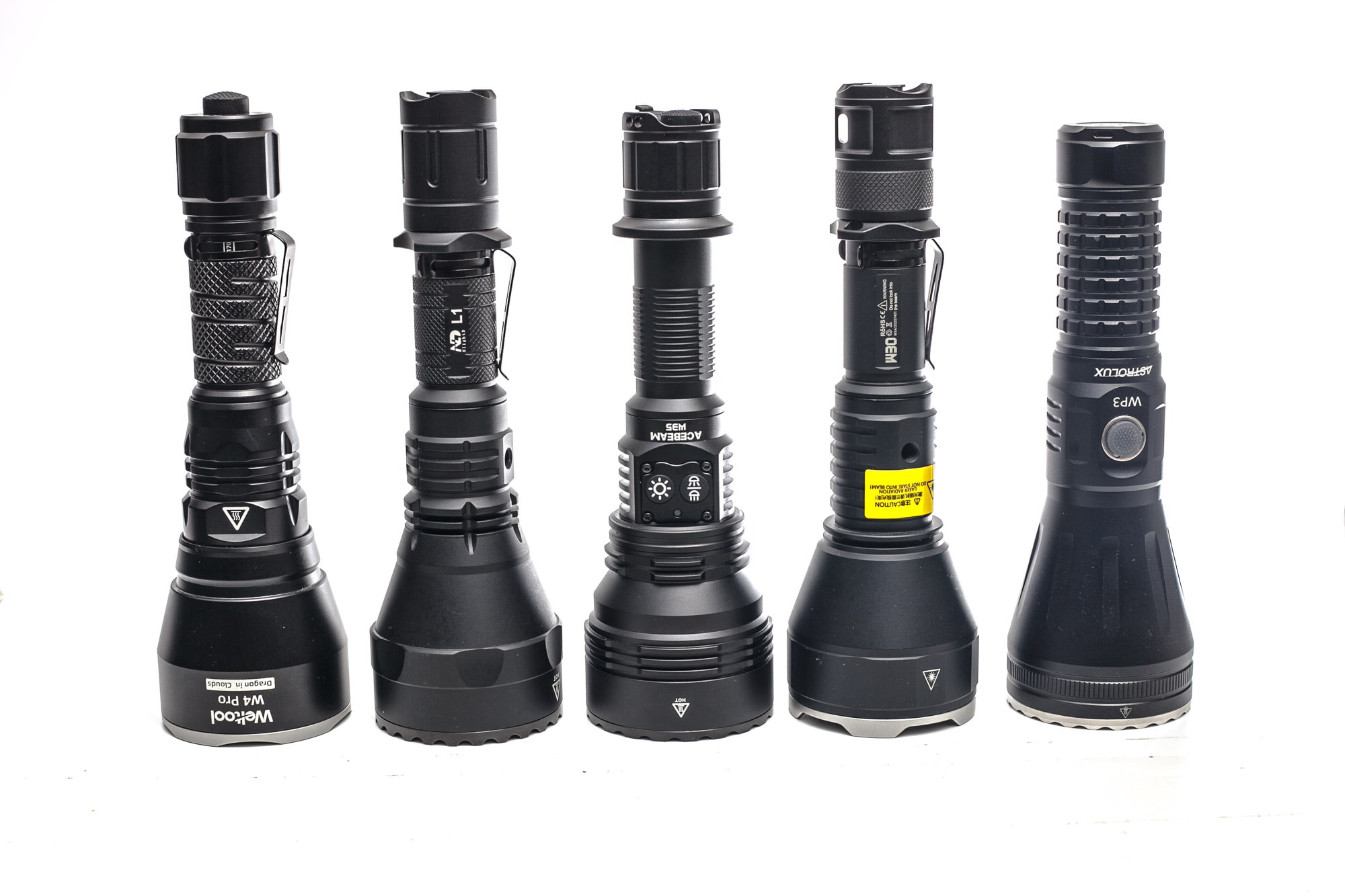
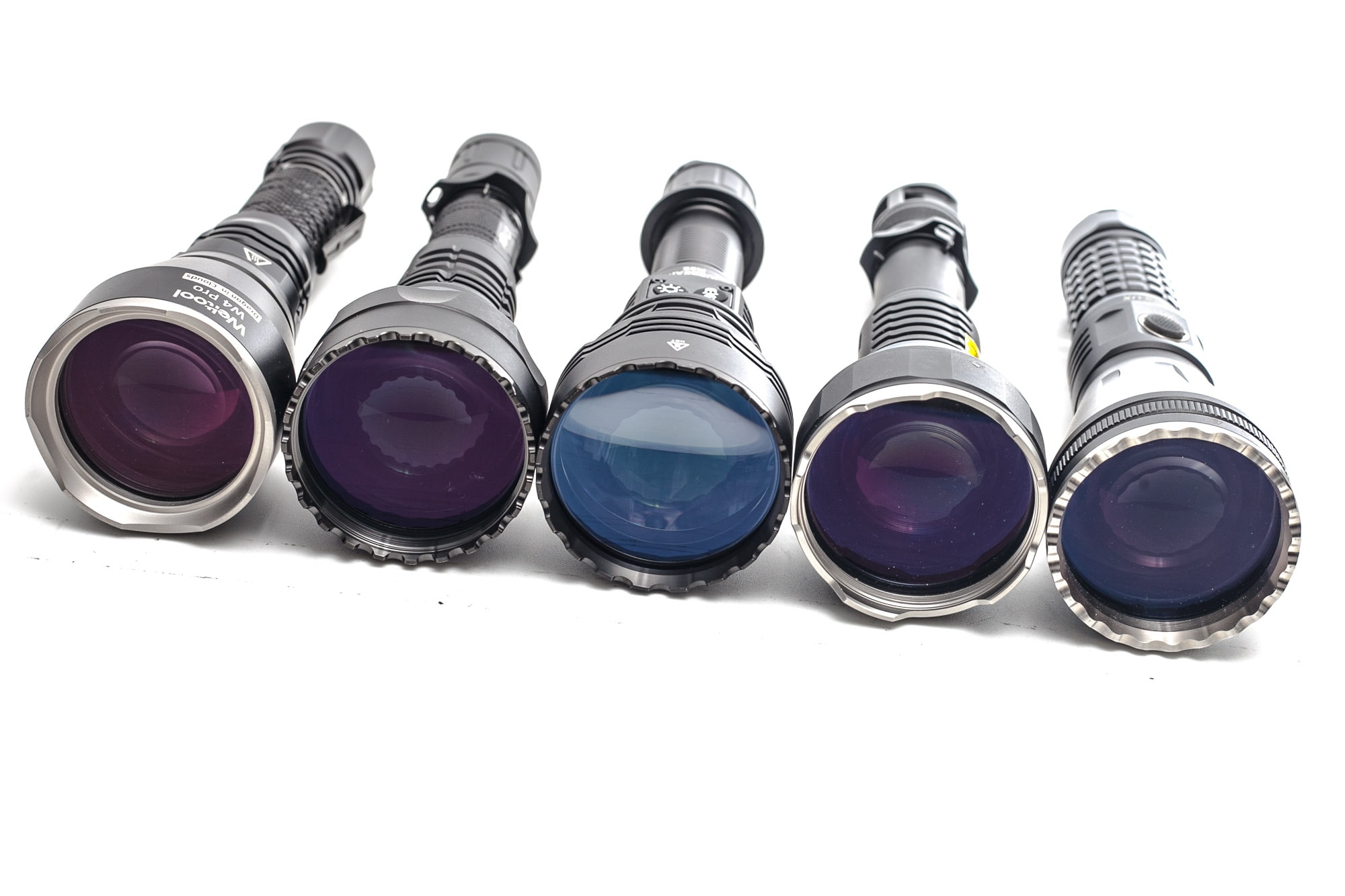
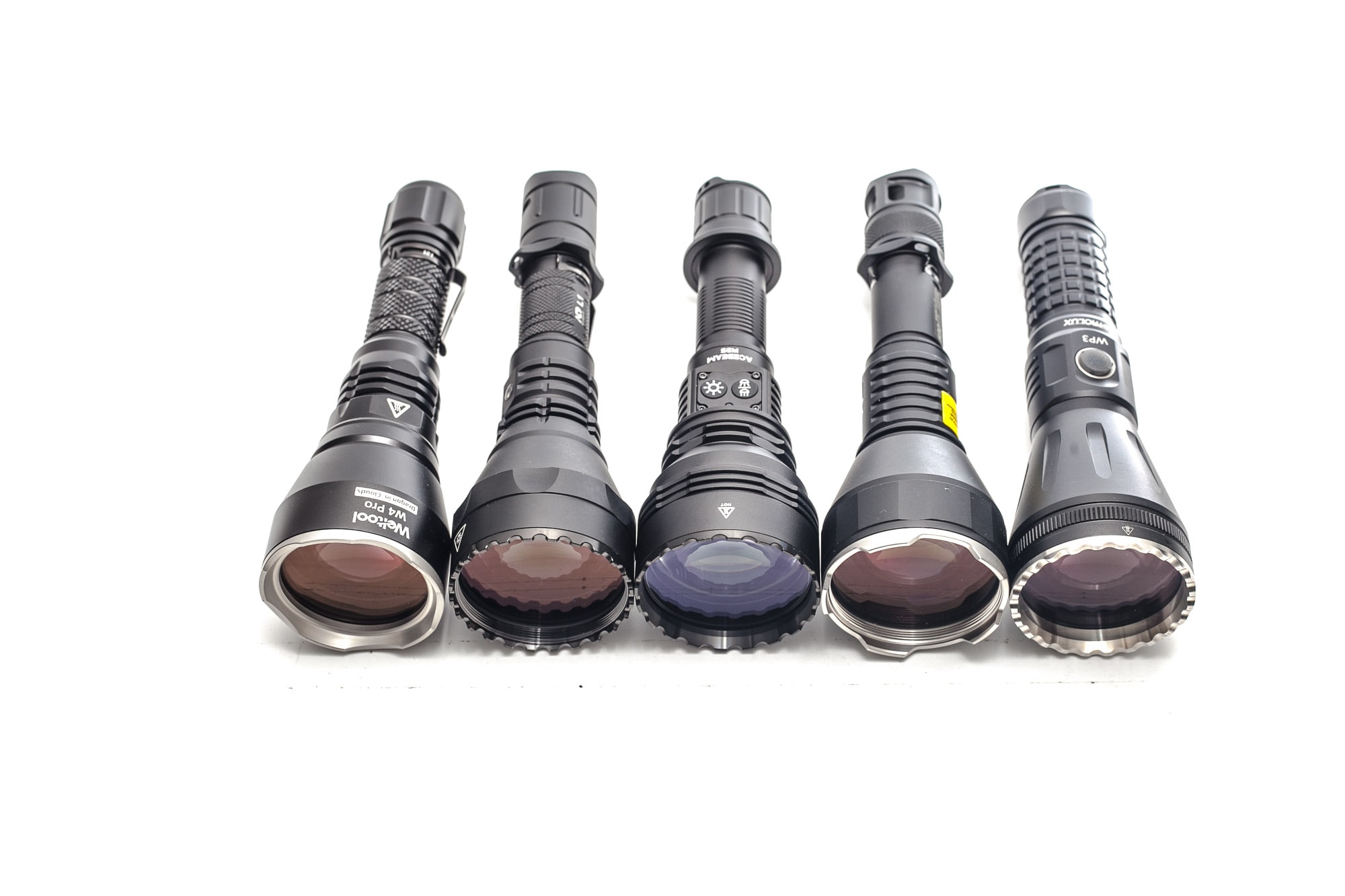
Acebeam W35 UI : User interface and driver
The rear switch is a forward-clicky switch and is used for power.
If you go to the narrowest beam with a double click, the mode will not be memorized. You’d have to change focus modes all the way to the narrowest position to memorize the mode.
The available main modes:
- Low, Medium, High, Turbo + 8 diffuse settings + normal.
The available special modes (blinkies):
- Strobe
Before use: you have to power the light on with the rear switch.
How the left, Focus switch works when the flashlight is still turned ON:
- Single-click: goes up or down the zoom modes.
- Double click: activates the spot mode and double click again will activate the widest zoom mode.
- Triple-click: nothing
- Press and hold: nothing
How the right, Mode switch works when the flashlight is still turned ON:
- Single-click: switch between Low to High
- Double click: turbo mode
- Triple-click: strobe
- Press and hold: nothing
Shortcuts within the UI:
- To Turbo: double click the Mode switch when turned on
- To maximum wide zoom/diffuse: double click for best spot, and double click again for max wide zoom/diffuse.
- To Moon: n/a
- To Strobe: triple-click the Mode switch when turned on
Mode memory:
- Yes, both the zoom modes and output modes (except for turbo)
- However, there are some things that could be better, see explanation in the conclusion
Blinky modes:
- Strobe only
Low battery warning:
- Not
Lock-out mode:
- No, but you can use the rear switch to power off.
PWM:
- Not visible.
Firmware / UI Conclusion:
- Having 8 zoom settings feels excessive to me. Especially if you are running from flood to spot, but you would actually want to go the reversed way. That means you have to click up to 8 times (slowly) before you can get back to the zoom mode you were in. I think 3 or 4 zoom modes would have been more than enough. 8 steps are just a little too many.
- When you finally reach the widest zoom (most diffuse) mode, you basically need 2 consecutive clicks to start focusing the beam again. Not sure why.
- A double zoom click will activate the spot mode (and another double click to max flood/diffuse). But, when you use the focus switch, and run it to the end (which is also spot mode), a double click does nothing, because you are already in spot mode.
- About memory: something can be deceiving. If you are in any zoom mode and use a double click to activate spot mode, mode memory only memorizes the zoom mode you were previously in. So when you turn the flashlight off, and back on, you might think it will return to Spot mode.. but in reality, it turns on in your last used zoom/diffuse mode.
Acebeam W35 Charging and batteries
The Acebeam W35 adopts the same single 21700 li-ion battery configuration as the W30. But they moved away from a USB-C chargeable battery and built it into the tailcap of the flashlight.
It’s the Acebeam IMR21700NP-500A, a 5,000mAh battery that arrived with 3.85V.
Charging the W35 uses about 10 watts at maximum (5V 2A), but only briefly. Because the charge current reduces for most of the charge. After 1 hour, it was about the peak, at 10 watts, but 2 hours in, the charge reduced to about 5.7 watts and continued reducing.
The charge was finished after exactly 4 hours (and 1 minute). But I think that even after about 3 hours, you could stop the charge and use the battery.
During charging, the tailcap has a little red light that turns green when the charge has finished. But even when the battery had finished charging, my USB meter still showed a charging current of over 100mA for many hours. Since I forgot to remove the charger, after about 12 hours, I was a little worried that the battery would have been overcharged, but no, it was still 4.18V.
I also checked whether the W35 accepts other types of batteries, and all of them worked, including flat top, unprotected, as well as protected. However, flat top, unprotected, do lose contact when bumping it onto something. I tapped it on the palm of my hand, and the flashlight blinked very briefly.
| Charge type | Fits | No fit | Charge time |
|---|---|---|---|
| Flashlight with onboard USB-C | All 21700 sizes | – | 4h 01min |


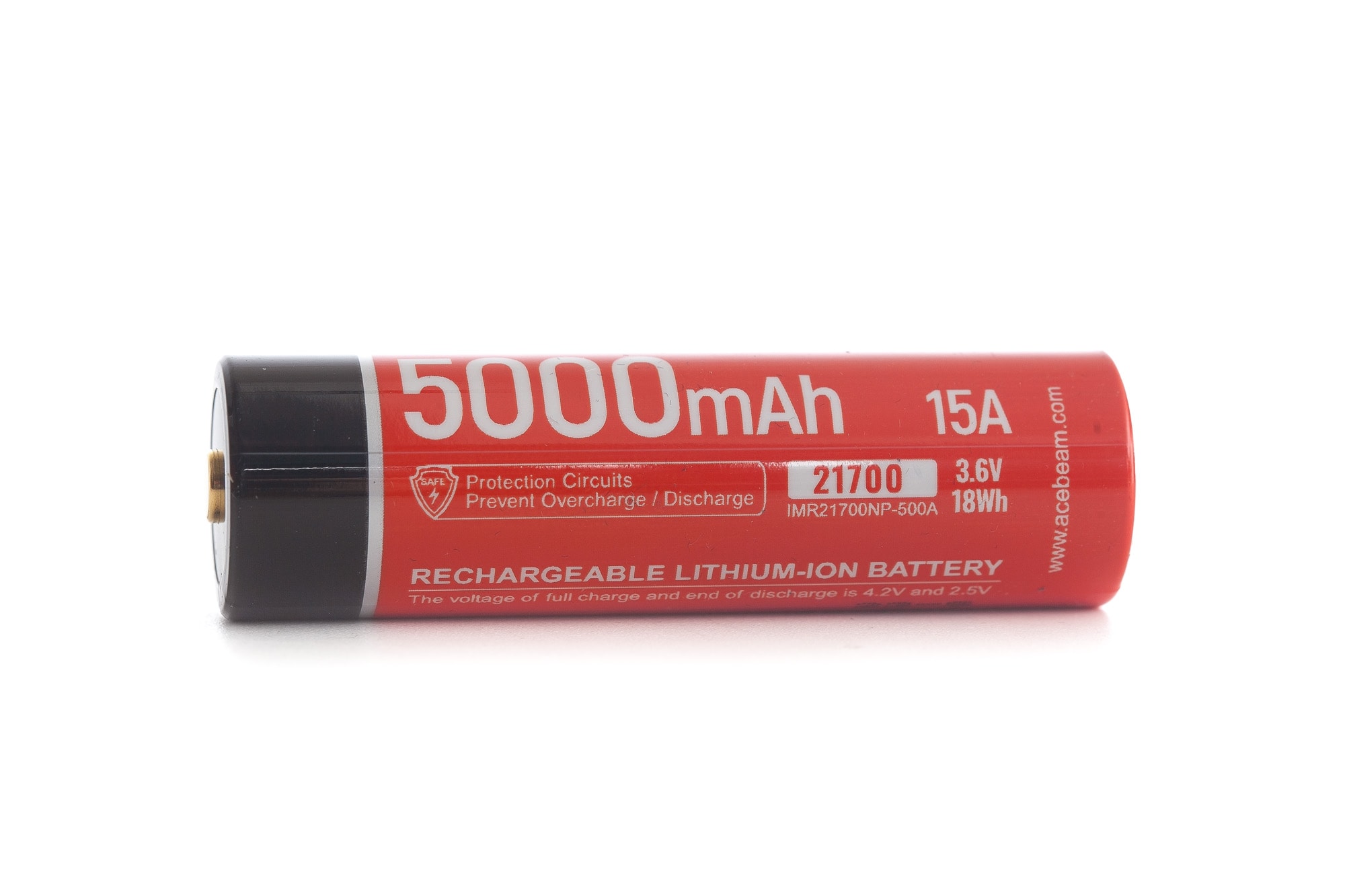
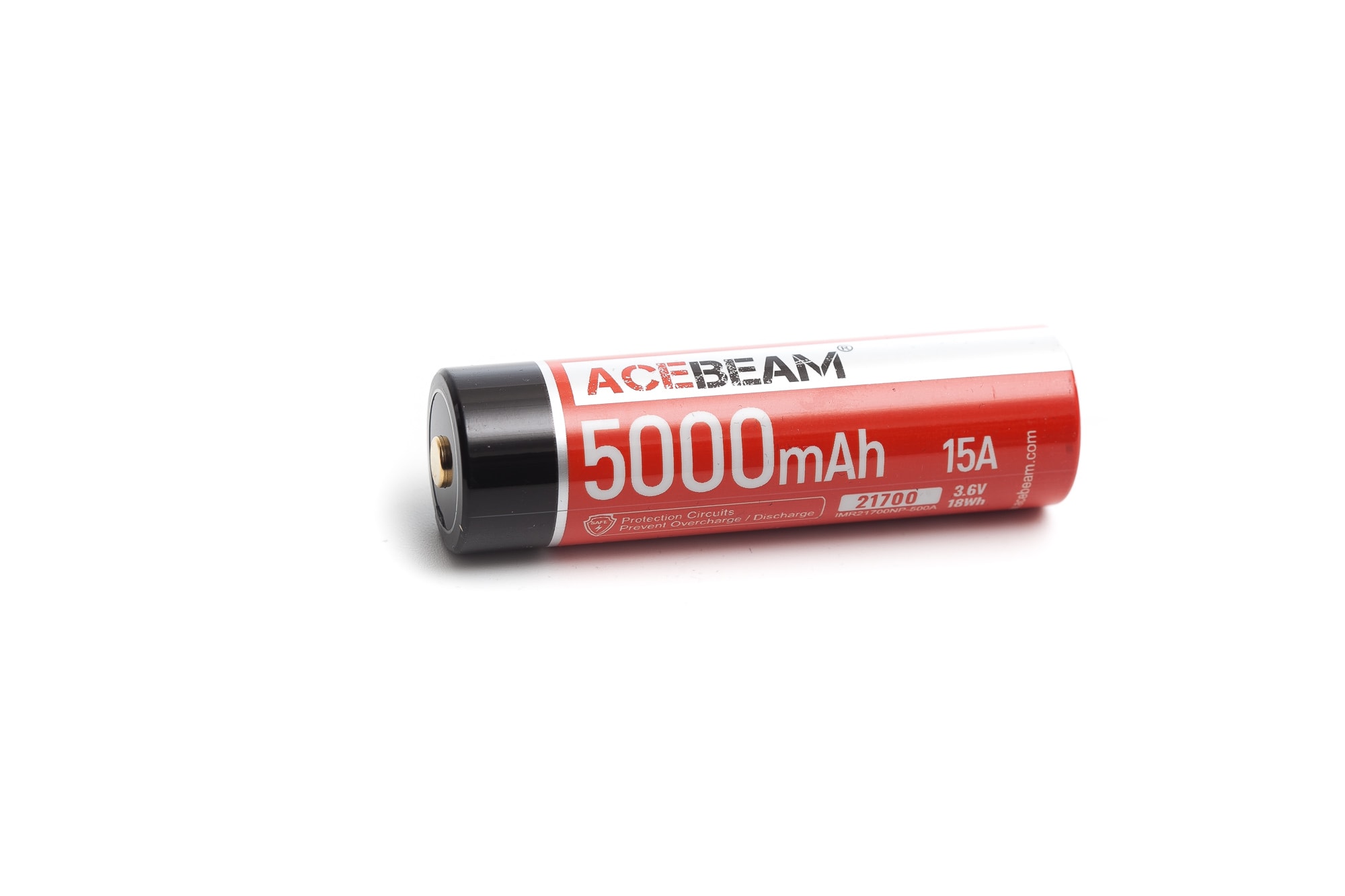
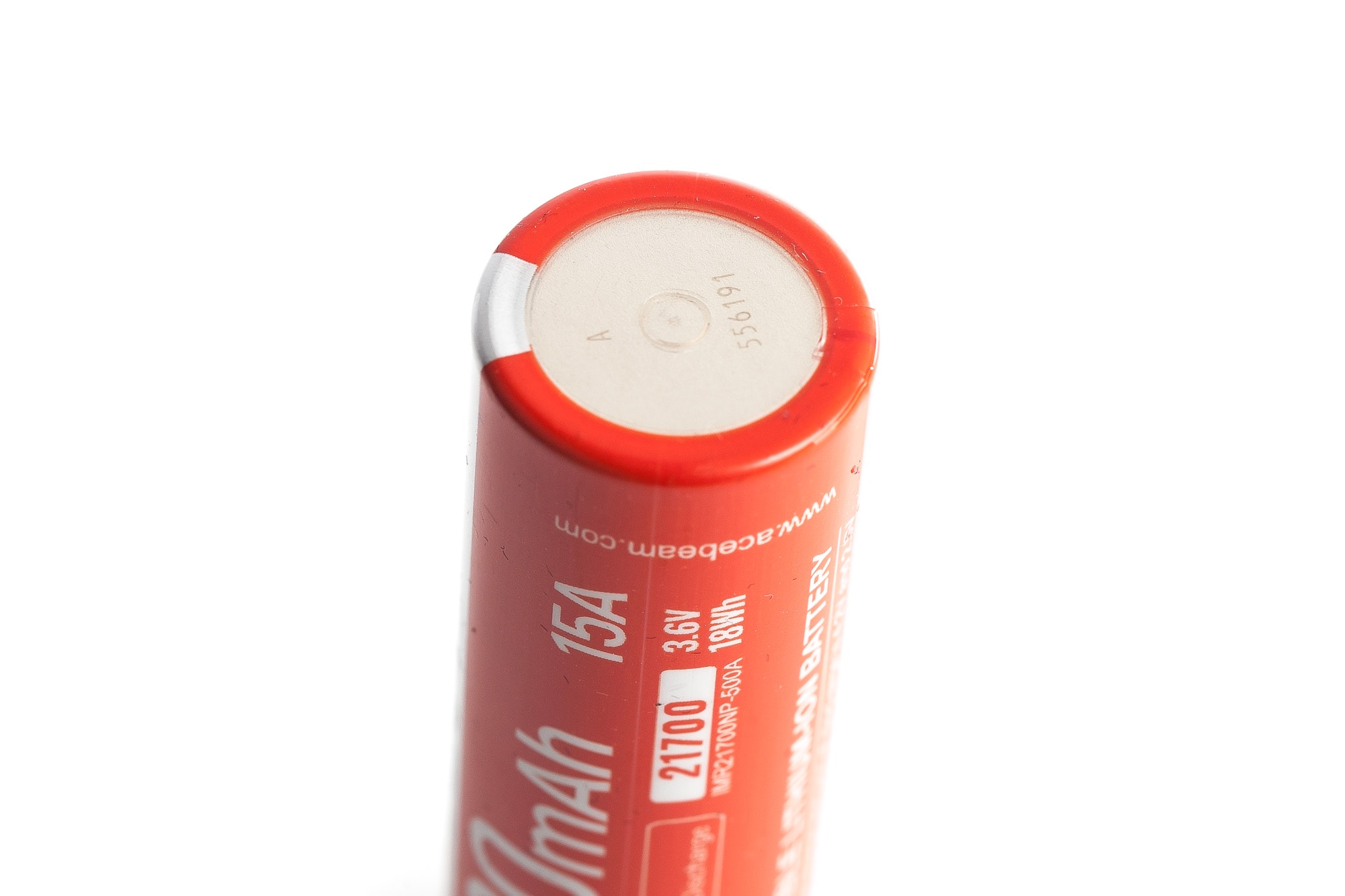
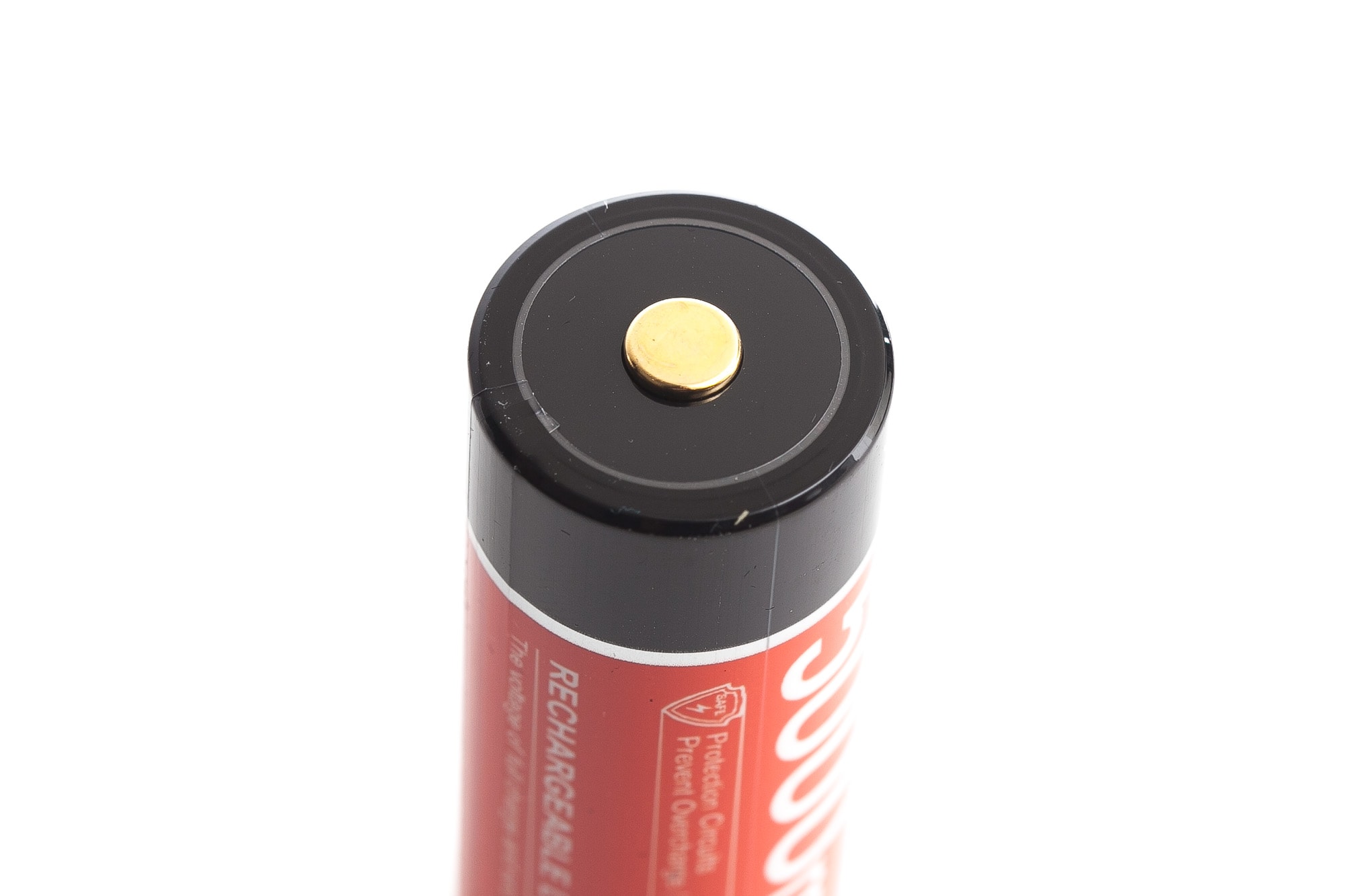
Performance test
This is the gear I use for testing:
| Gear | Purpose | Link to buy |
|---|---|---|
| Hagner E4-X | Measuring beam intensity (throw) | Inquire at Hagner.se |
| 2* Extech SDL400 | Lumens and logging runtimes | Amazon.com, Amazon.co.uk, |
| Leica Disto D2 | Distance for throw measurements | Amazon.com, Amazon.co.uk, |
| Sekonic C-800 | Spectrometer for LED measurements | Amazon.com, Amazon.co.uk |
| Uni-T UTi260B | Thermal Image camera | Amazon.com, |
Lumen measurements:
How Lumens are Measured: Understanding ANSI FL1 Standards How Lumens are Measured: Understanding ANSI FL1 Standards: The ANSI FL1 standards specify that output in lumens should be measured 30 seconds after turning on, as this is the standardized time for measuring brightness according to the industry standard. This is why we focus on this part in our measurements. The ANSI FL1 standards require an ambient temperature of 22 ± 3°C. We record the ambient the ambient temperature to identify potential reasons for any observed discrepancies.The output measurements in this review are based on my homemade integrating spheres, each equipped with an Extech SDL400 Lux Meter. For consistency and accuracy, a calibration light (Convoy S2+ with 249lm and a Convoy S2+ with 261lm) is measured before each set of lumen measurements.
One of the lux meters uses an ND camera filter for high-output lights to prevent the lux meter from maxing out. This is either the Kenko PRO1D ND16 for up to about 80,000 lumens or the Gobe ND32 for anything above.
All of my readings were taken from a fully charged Acebeam 21700, which was included in the package.
The measurements were taken manually at turn on and 30 seconds, without zoom/diffuser. The 10-minute numbers are taken from the runtime graph. Ambient temperature of 18 degrees celsius.
| Mode | Specs | turn on | 30 seconds | 10 minutes |
|---|---|---|---|---|
| Low | 80 lm | 99 lm | 90 lm | 87 lm |
| Med | 230 lm | 250 lm | 239 lm | 226 lm |
| High | 470 lm | 507 lm | 471 lm | 438 lm |
| Turbo | 800 lm | 810 lm | 733 lm | 410 lm |
By default, I try to use rounded lumen numbers, except for maybe Low or Moonlight/Firefly modes.
I also double checked the output in Turbo, just for the widest zoom mode.
| Mode | Specs | at turn on | 30 seconds |
|---|---|---|---|
| Turbo (flood level 8) | 570 lm | 661 lm | 594 lm |
So, going from about 733lm (normal spot mode) to roughly 594lm (zoom level 8), that’s about a 20% loss of light. That’s not too bad, considering that ‘normal’ zoom flashlights lose about double of that.
Acebeam W35 Battery life and runtime
How Runtimes are Measured: Understanding ANSI FL1 Standards About ANSI FL1 runtime standards: The runtime is measured until the light drops to 10% of its initial output (30 seconds after turning on). This does not mean that the flashlight is not usable anymore. The last column shows how long the light actually works till it shuts off. If there is a + symbol, it means that the test was stopped at that particular point, but the light was actually still running. This happens on certain occasions, with certain drivers, firmware, or batteries.Runtime tests were conducted in my 50cm home made integrating sphere, paired with the Extech SDL400 data logging Lux Meter.
| Mode | Specified | Measured (ANSI FL1) | Time till shut off |
|---|---|---|---|
| Low | 8h 20min | 8h 03min | 8h 03min |
| Med | 4h | 4h 18min | 4h 18min |
| High | 2h | 2h 14min | 2h 14min |
| Turbo* | 1h 46min | 2h 04min | 2h 04min |
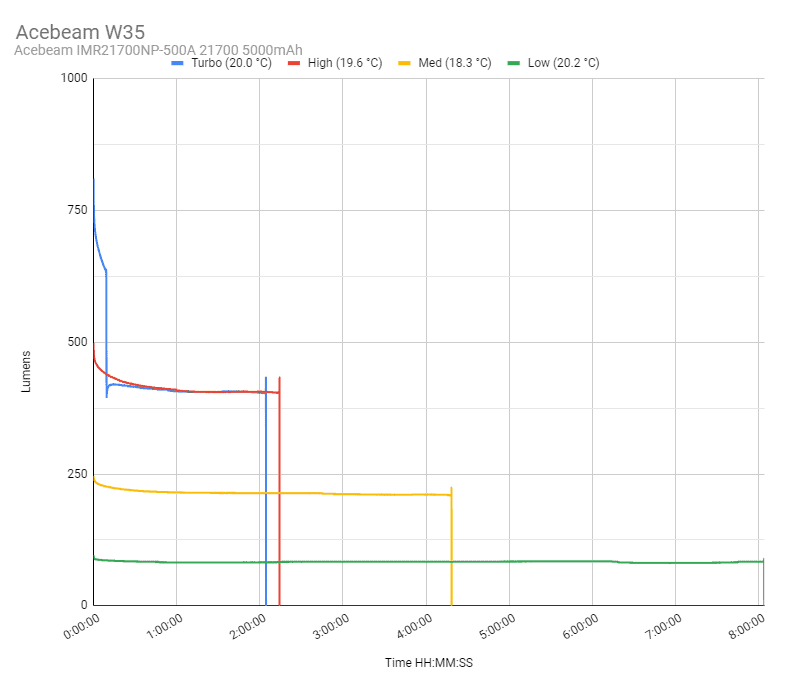
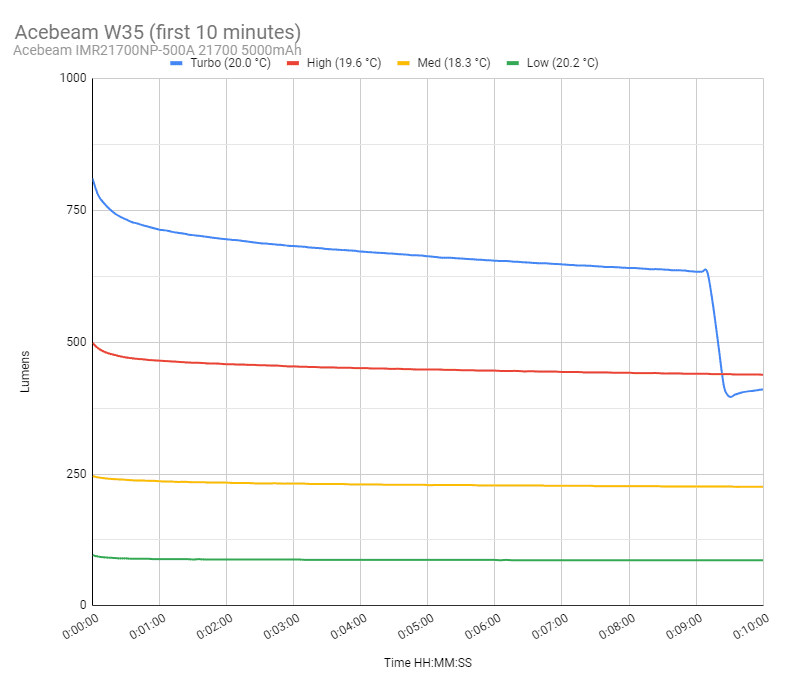
Acebeam W35 Peak beam intensity and beam distance measurements
About Peak beam intensity: Understanding ANSI FL1 Standards About peak beam intensity The calculated value of distance in meters at which the flashlight produces a light intensity of 0.25 lux. (0.25 lux is about the brightness of a full moon shining on an object). This means that the intensity has decreased so much, it becomes difficult to see darker objects, or objects that don’t reflect light. The columns ‘Meters’ and ‘Yards’ use rounded numbers.Measurements were taken indoors with a Hagner E4-X Lux Meter. The measurements were taken 30 seconds after turn on. The first 2 measurements were taken with the highest intensity setting (so no filtering/zoom). They were taken at 20 meters distance outdoors, but with 0 degrees ambient temperature.
| Mode | Specified | Cd measured | Meters | Yards |
|---|---|---|---|---|
| Low | 180,625 cd | 240,000 cd | 980 m | 1072 yd |
| Turbo | 1,690,000 cd | 1,892,000 cd | 2751 m | 3009 yd |
I also measured the 8 different zoom/diffuse settings, from level 1-8.
| Mode | Cd measured | Meters | Yards |
|---|---|---|---|
| Turbo (zoom 8) | 4,125 cd | 128 m | 140 yd |
| Turbo (zoom 7) | 7,925 cd | 178 m | 195 yd |
| Turbo (zoom 6) | 10,100 cd | 201 m | 220 yd |
| Turbo (zoom 5) | 13,750 cd | 235 m | 256 yd |
| Turbo (zoom 4) | 22,000 cd | 297 m | 324 yd |
| Turbo (zoom 3) | 42,825 cd | 414 m | 453 yd |
| Turbo (zoom 2) | 111,500 cd | 668 m | 730 yd |
| Turbo (zoom 1) | 359,500 cd | 1199 m | 1311 yd |
Acebeam W35 compared to some of its competitors:
Candela comparison: best single-cell large head LEP flashlights
A list of the best single-cell LEP flashlights with large heads we reviewed: These numbers are NOT from the specifications but are measured by our reviewers. They include all single-cell LEP flashlights with large heard (+-60mm and above). The numbers include the measurement in lumens (lm), measure candela (cd), and calculated distance in meters, and yards. These numbers are all measured 30 seconds after turning on.
| Flashlight (click for review) | @30sec (lm) | Candela (cd) | Meters | Yards |
|---|---|---|---|---|
| Acebeam W30 | 498 | 1,312,000 | 2291 | 2505 |
| Acebeam W35 | 733 | 1,892,000 | 2751 | 3009 |
| Amutorch BT60 | 316 | 1,644,000 | 2564 | 2804 |
| Astrolux WP2 | 303 | 1,248,000 | 2234 | 2443 |
| Astrolux WP3 | 445 | 2,412,000 | 3106 | 3397 |
| FireFlyLite LEP01 | 391 | 816,000 | 1807 | 1976 |
| Jetbeam M1X WP-RX | 491 | 2,280,000 | 3020 | 3302 |
| Lumintop Thor 3 | 311 | 1,728,000 | 2629 | 2875 |
| Maxtoch L2KS | 442 | 2,308,000 | 3038 | 3323 |
| Nextorch T20L | 975 | 1,284,000 | 2266 | 2478 |
| NlightD L1 | 513 | 1,940,000 | 2786 | 3046 |
| Weltool W4 | 450 | 2,184,000 | 2956 | 3232 |
| Weltool W4 PRO | 550 | 2,808,000 | 3351 | 3665 |
And below is an interactive throw comparison graph (candela), between the best single-cell LEP flashlights with large heads. Hover your mouse over the interactive graph below to see the details of each specific light.
(tip: hold your mobile phone horizontally to see the full graph). Or visit the full interactive graph here.
The next graph shows the same graph, but then focusing on the first 60 minutes of their runtimes. Or view the full 60min interactive graph here.
Beamshots
For the following beamshots with the tower, I used a Canon EOS 5D mk2 with a 100mm lens. Manual settings: ISO1600, 0.5sec, F4, 5000K
The tower is about 450 meters / 492 yards away.
For the following beamshots woth the shed and tree line, I used a Canon EOS 5D Mk2 with a 50mm lens. Manual settings: ISO1600, 1/4sec, F4, 5000K
The shed is about 65 meters / 71 yards away, and the reflective fence is about 200 meters.
Explore and compare the beamshots from the following flashlights:
- Acebeam W35
- NlightD L1
- Acebeam W30
- Astrolux WP3
- Lumintop Thor 3
- Weltool W4
- Weltool W4 Pro
Please note that beamshots are mainly intended to showcase the beam pattern and beam quality, rather than overall performance. These images are typically taken directly after activation, and do not fully represent its overall performance. For accurate performance metrics, such as output, beam distance, and runtimes, you need to look at the performance section of this review.
Turbo mode: no zoom + all 8 zoom levels
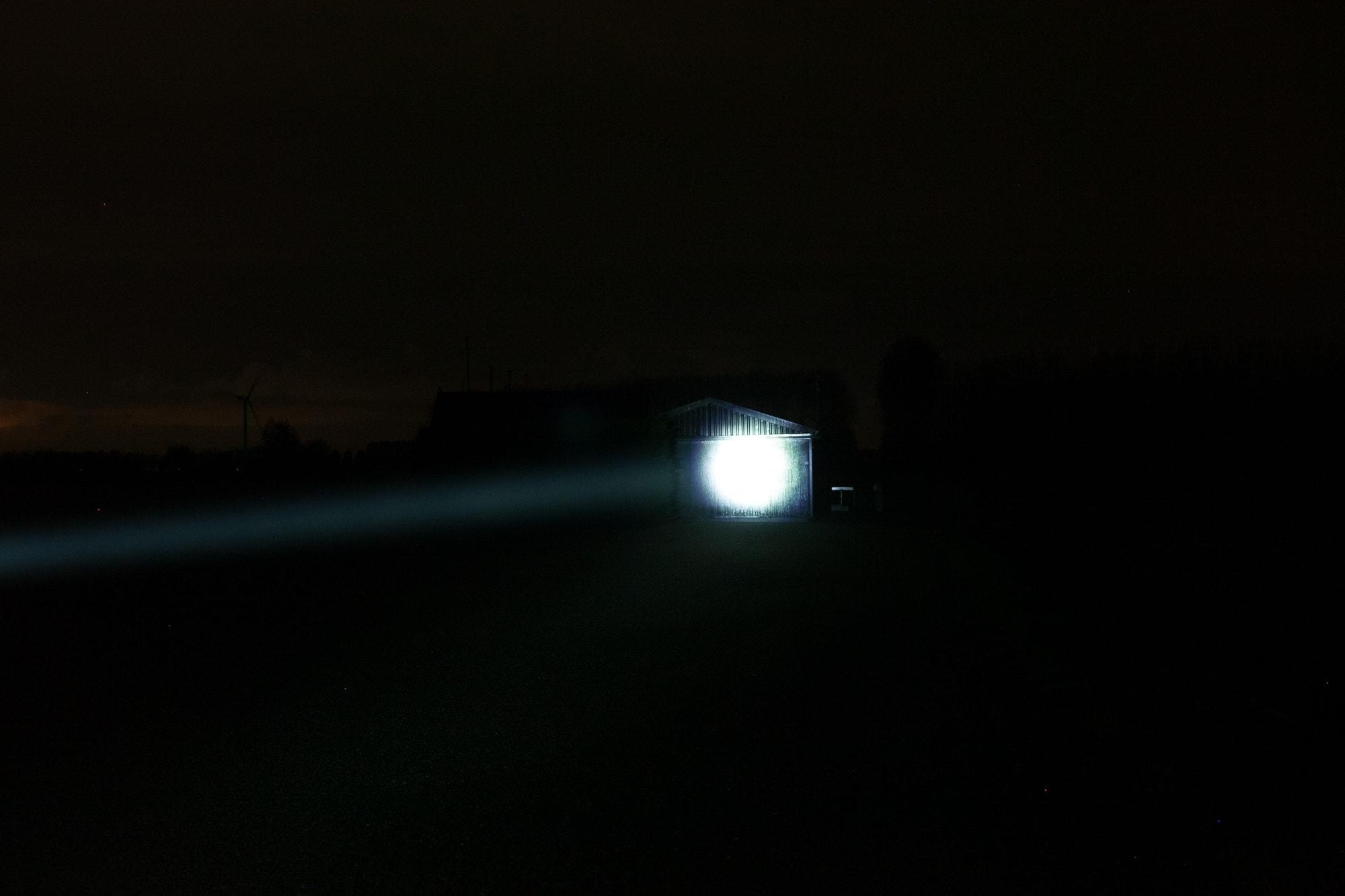
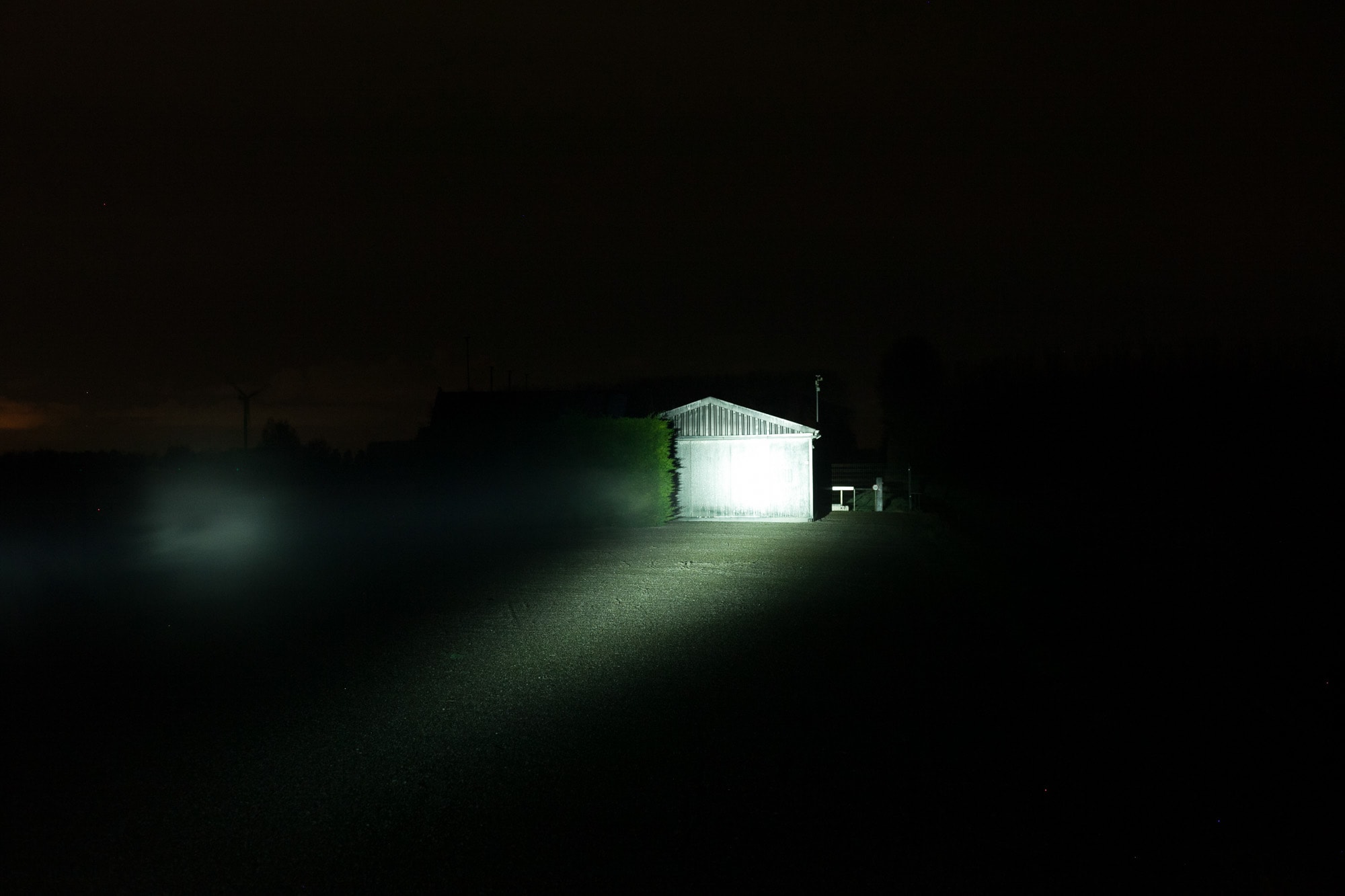
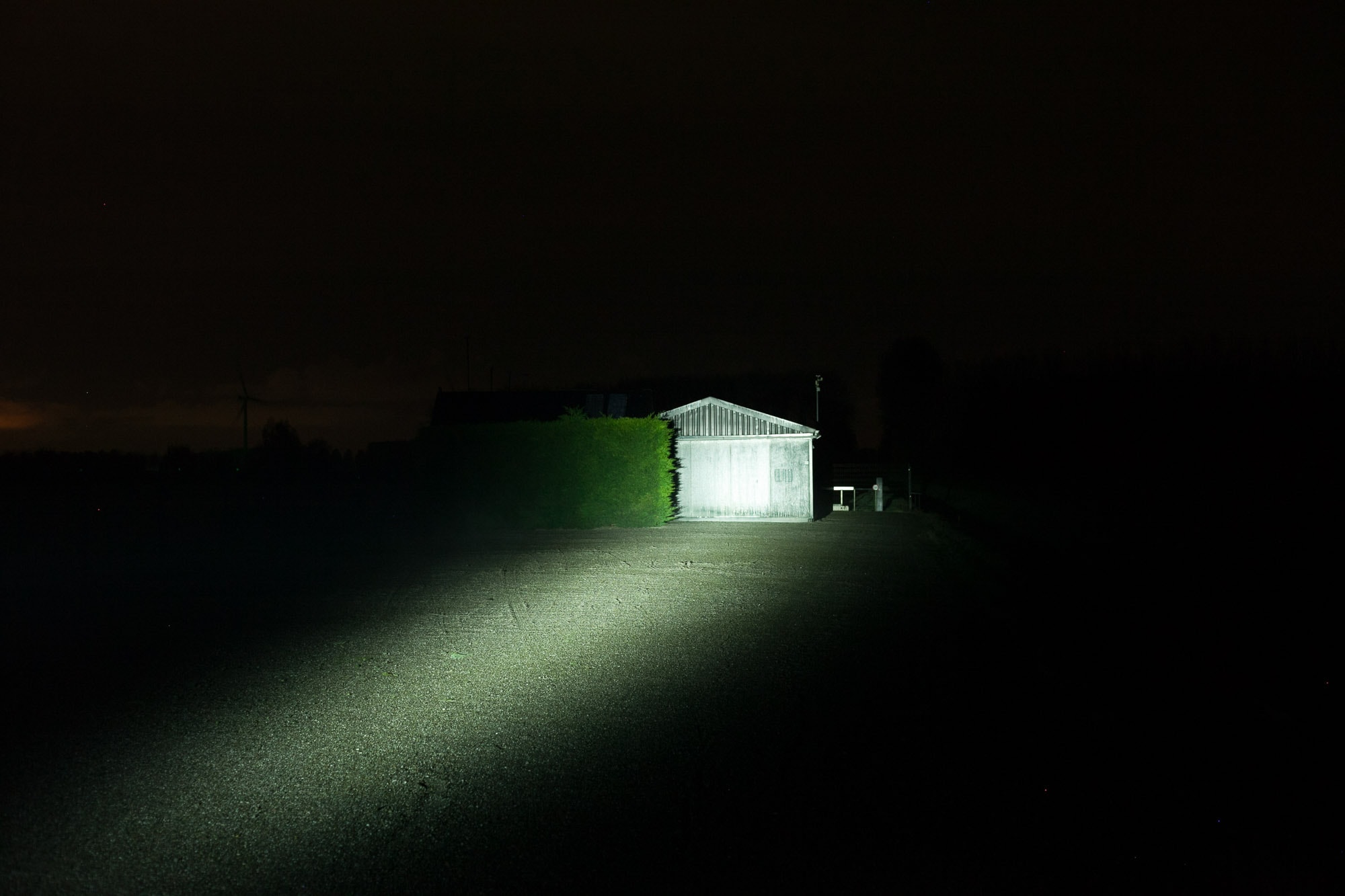
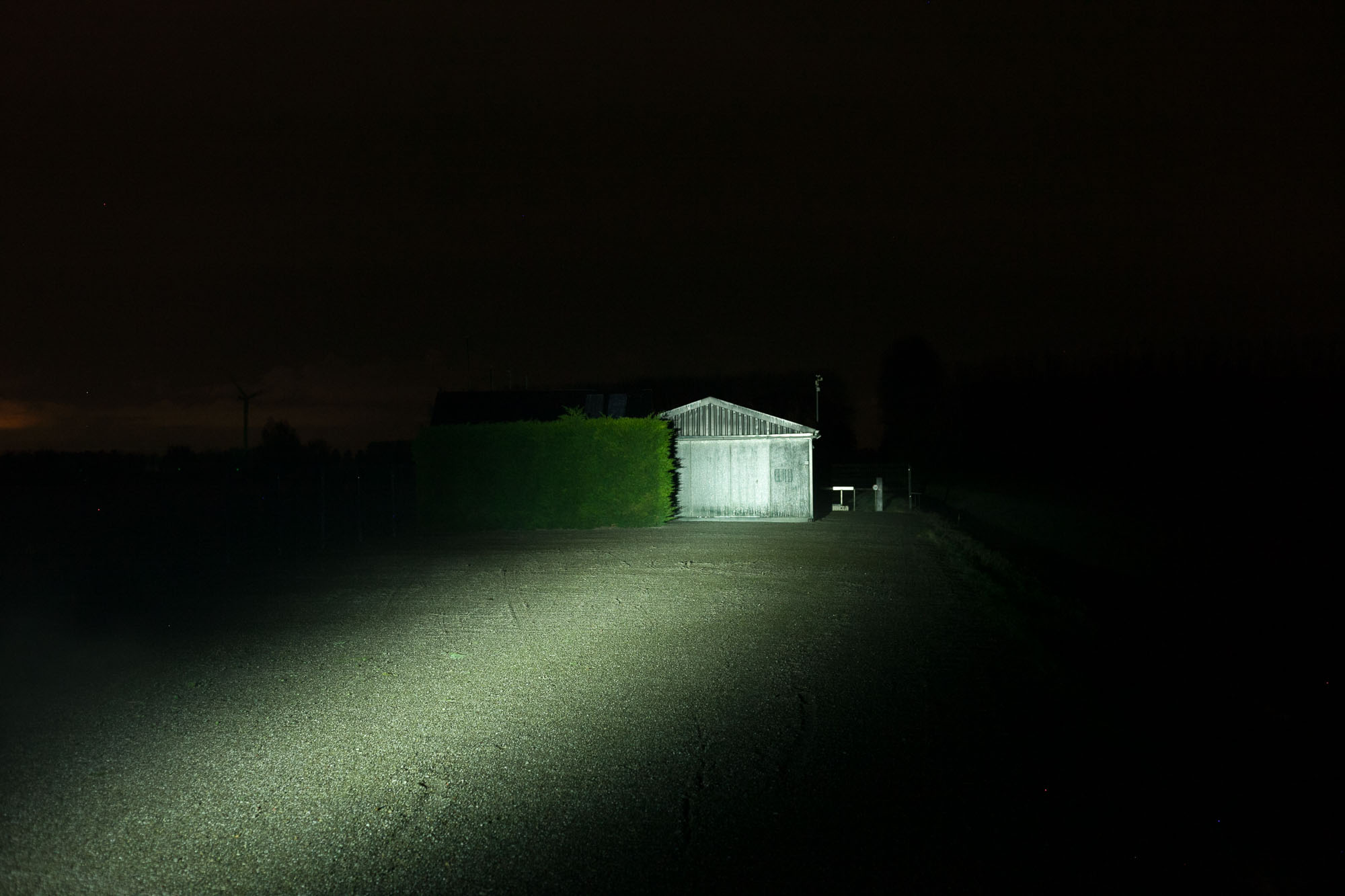
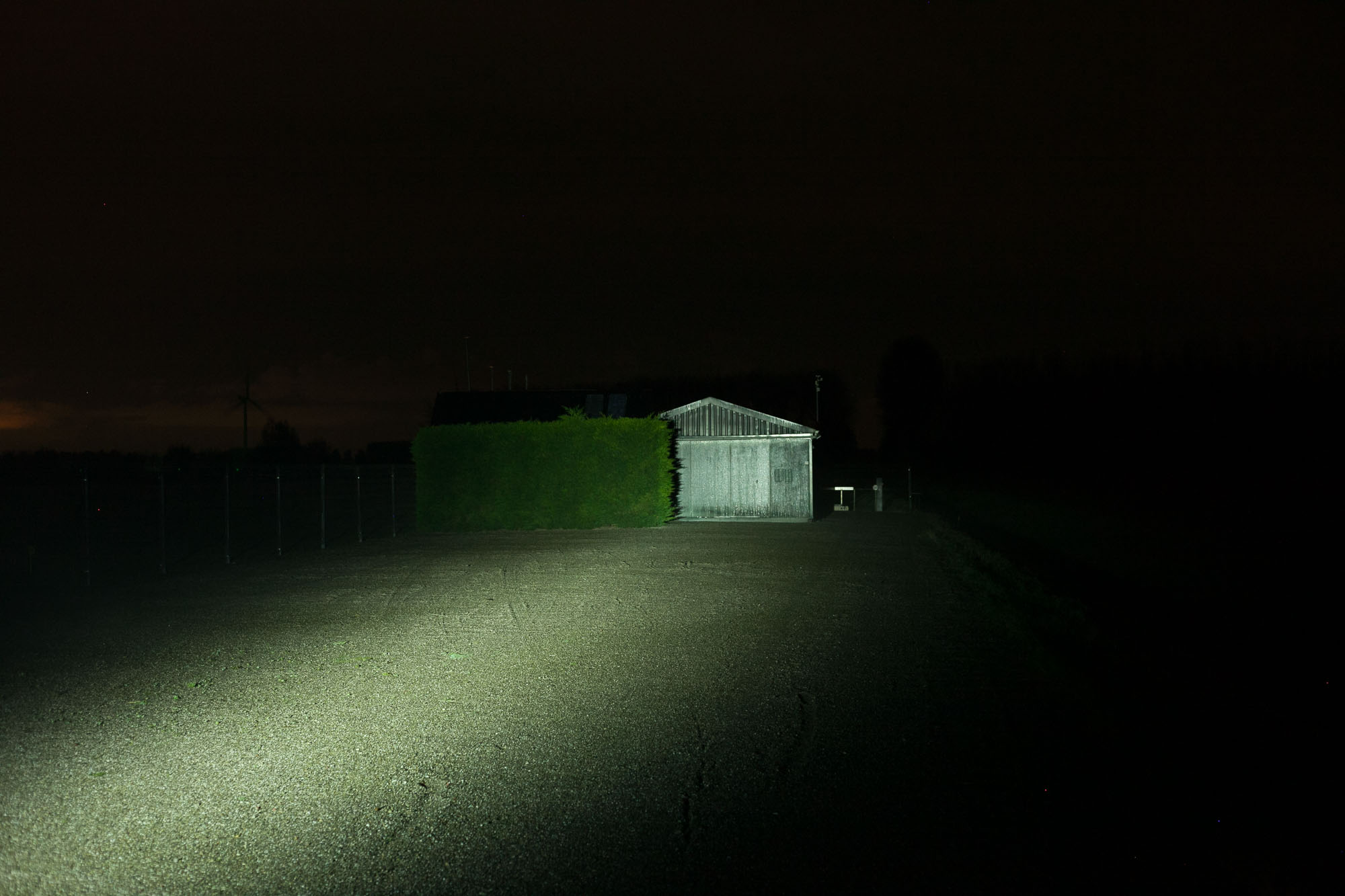
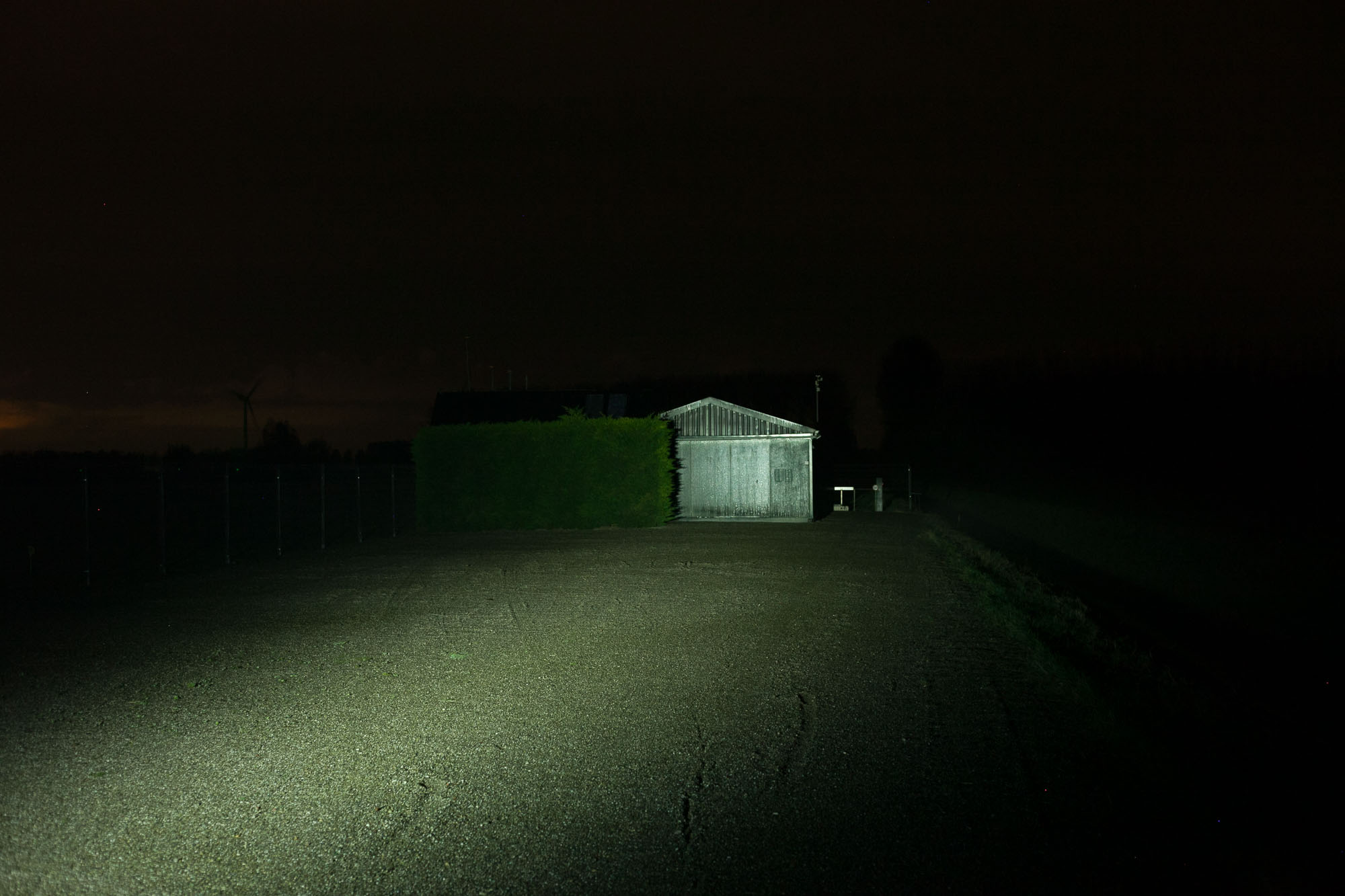
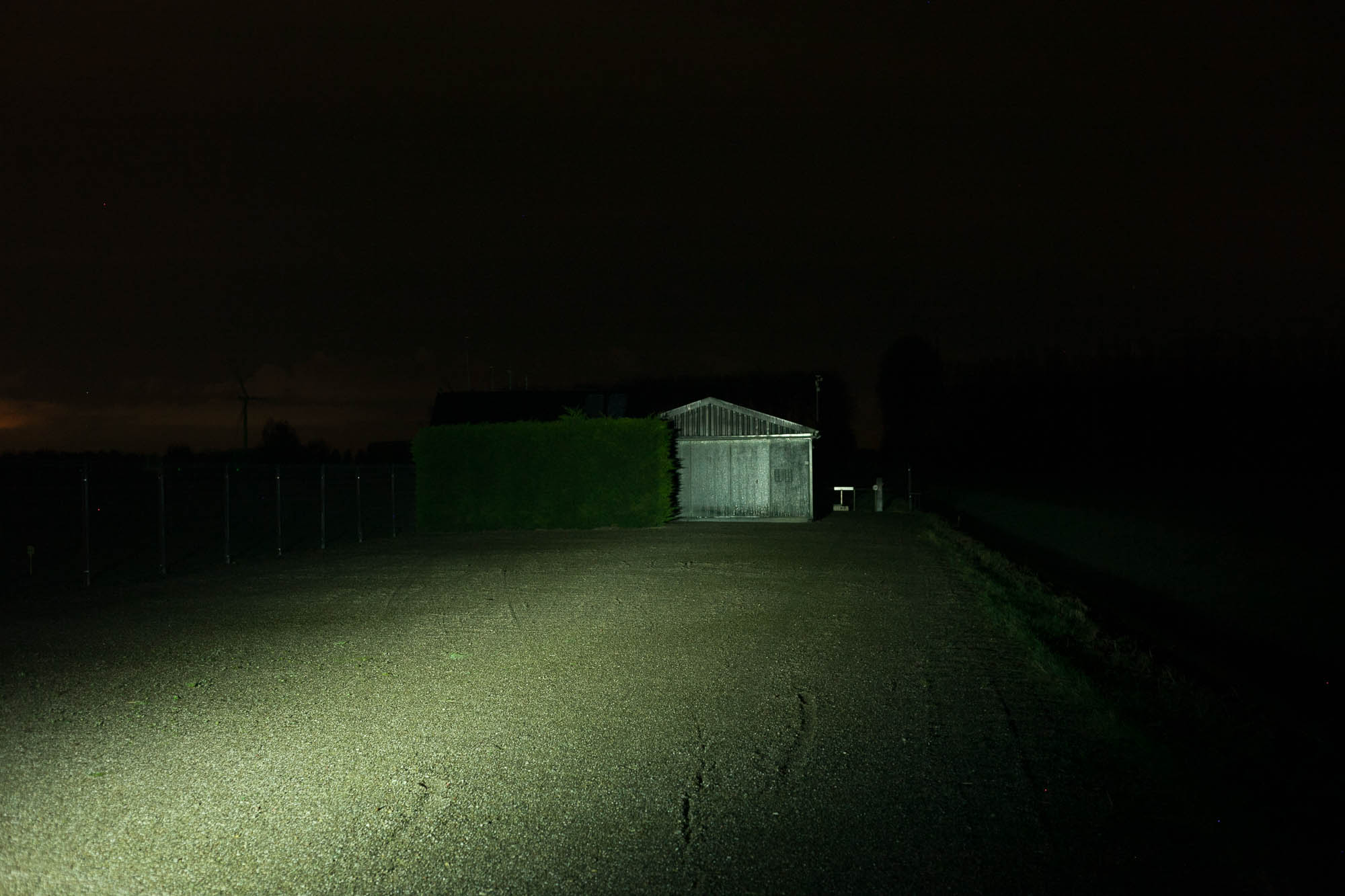
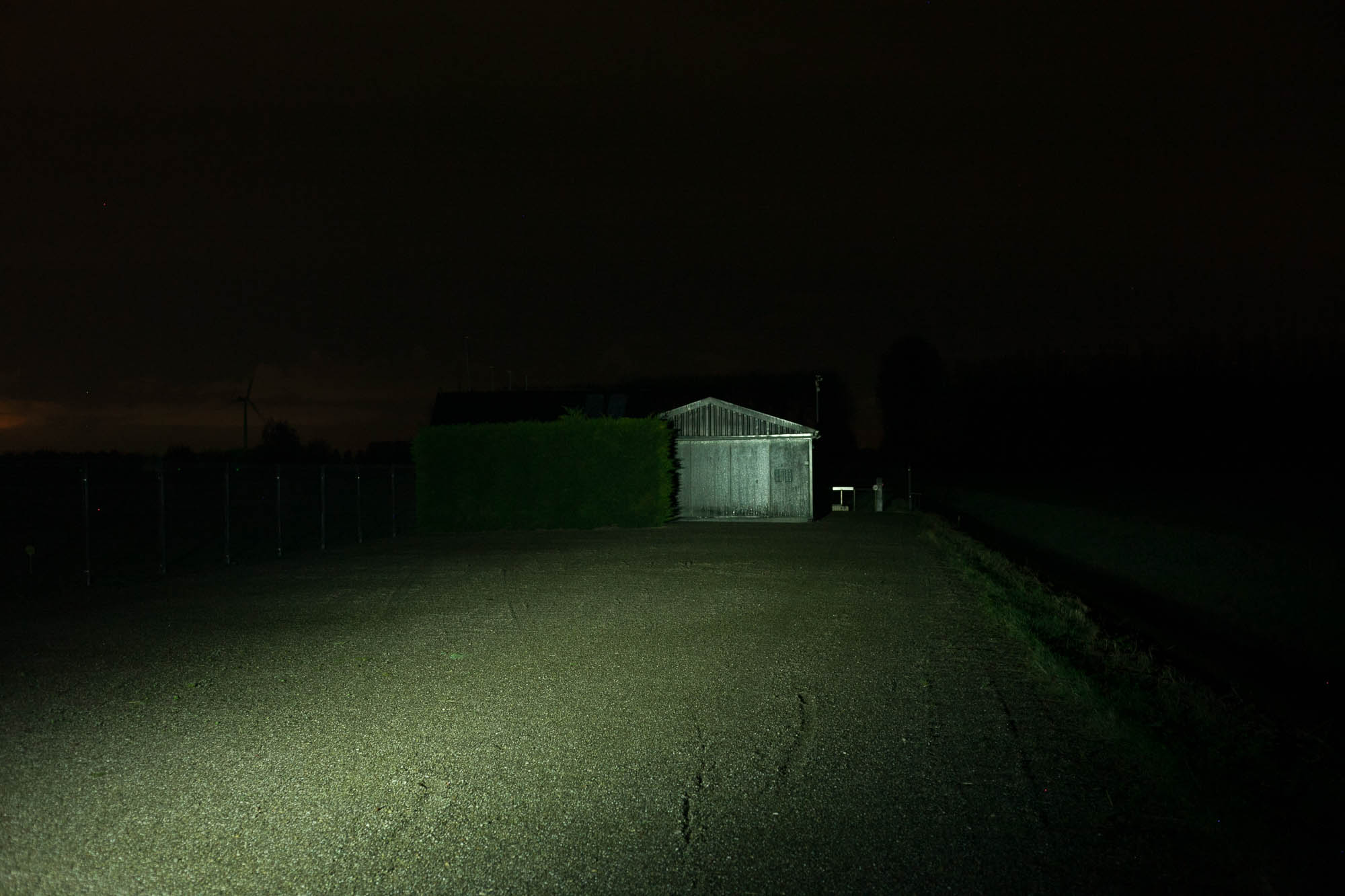
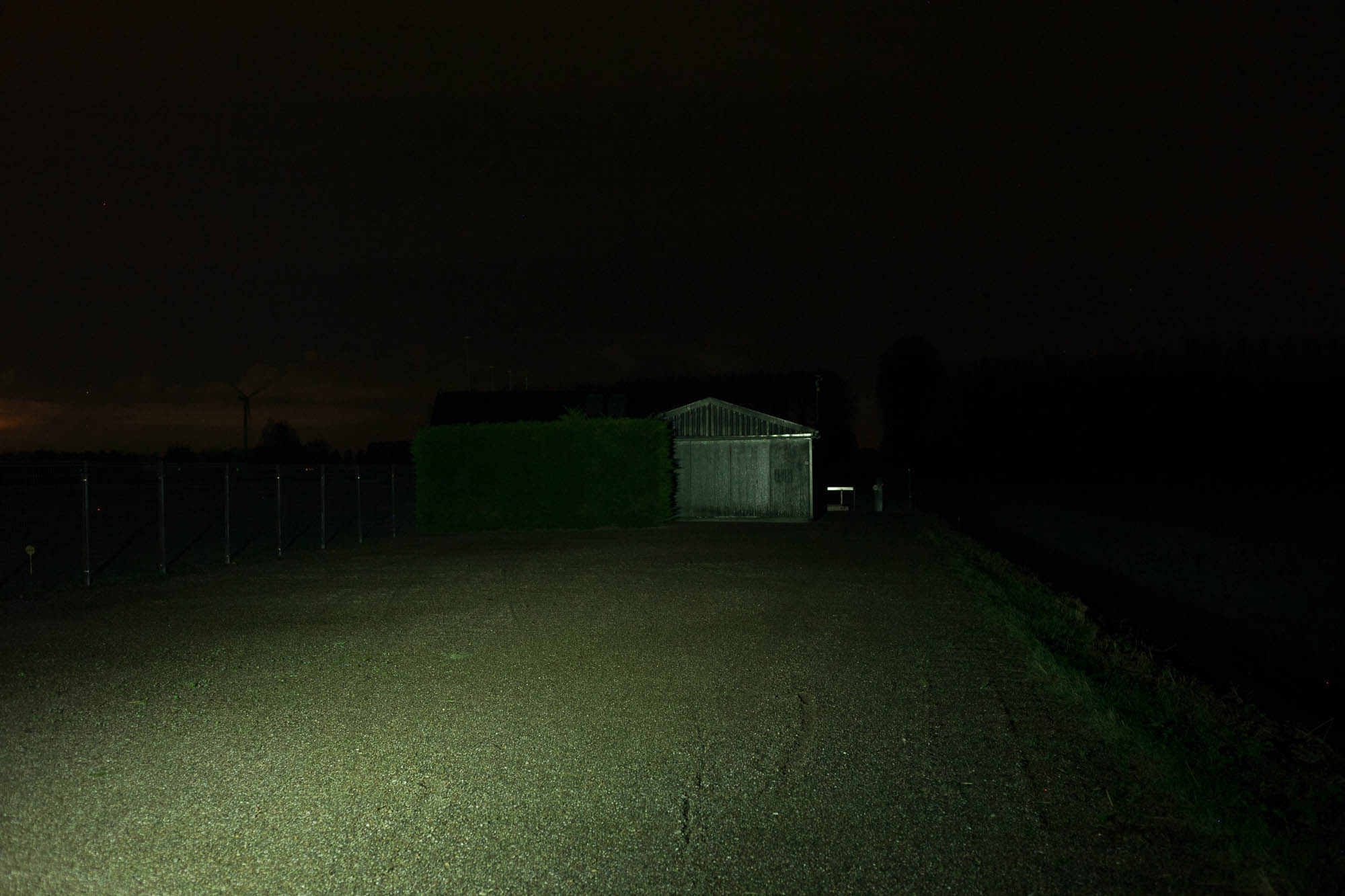
Turbo mode: no zoom + all 8 zoom levels
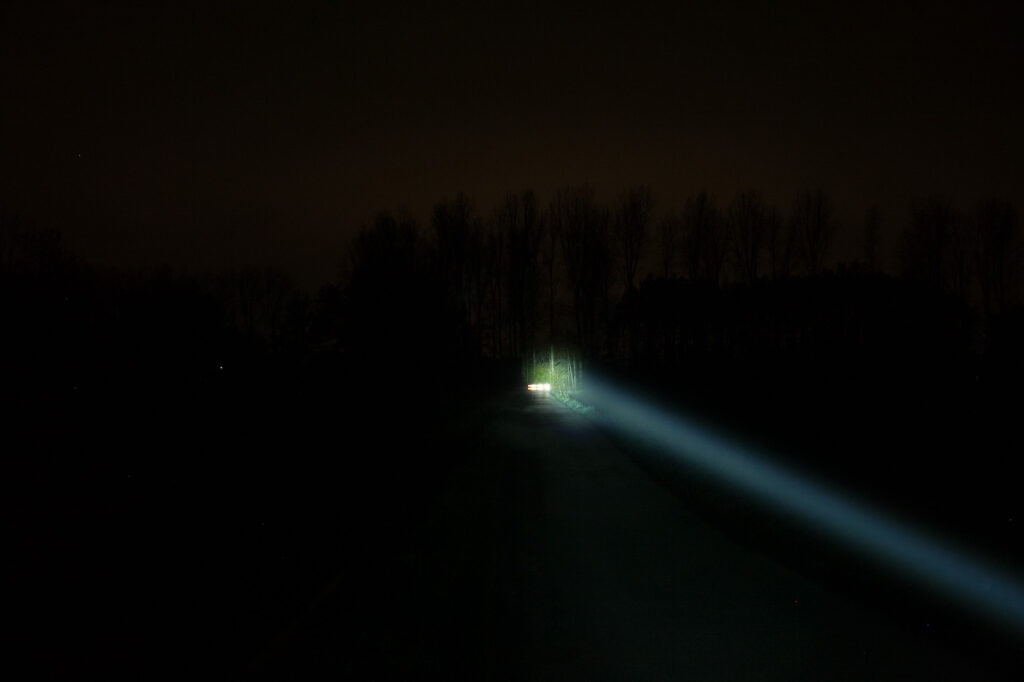
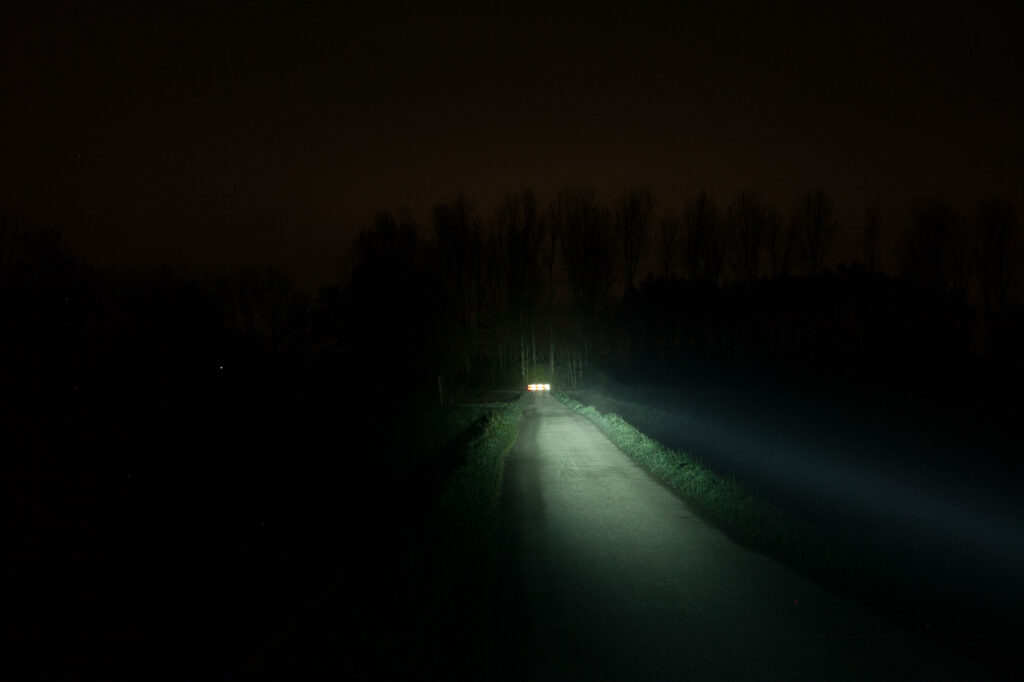
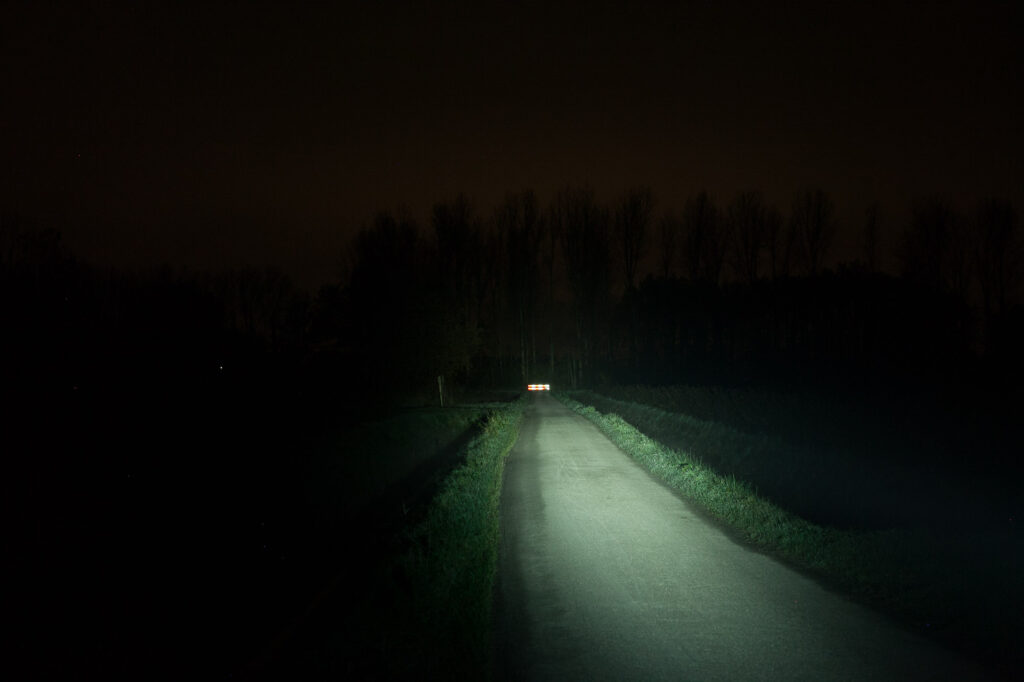
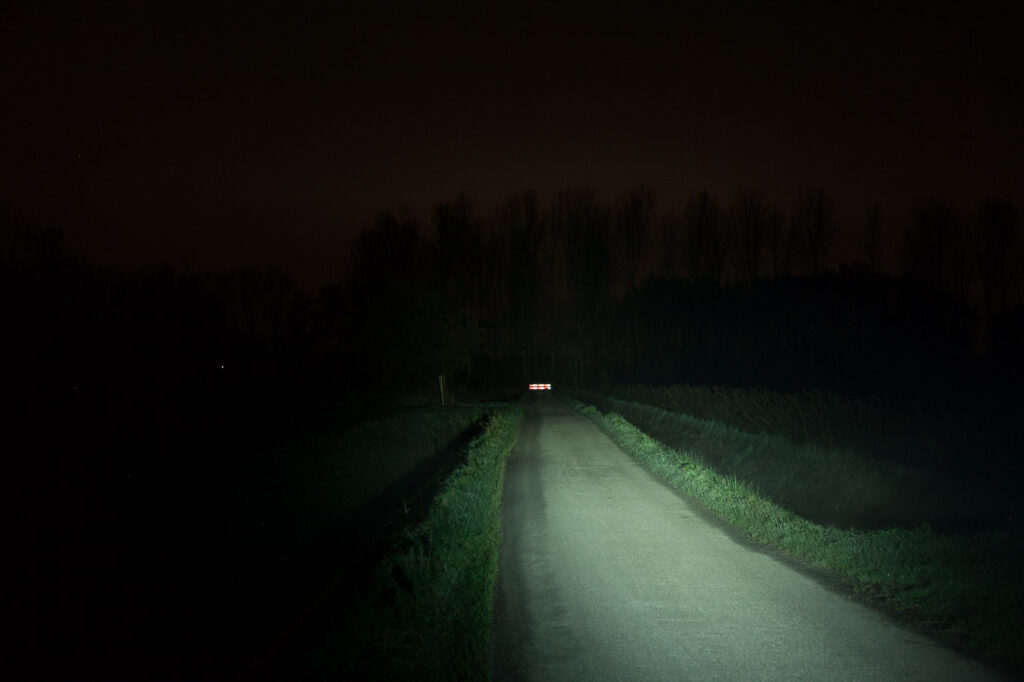
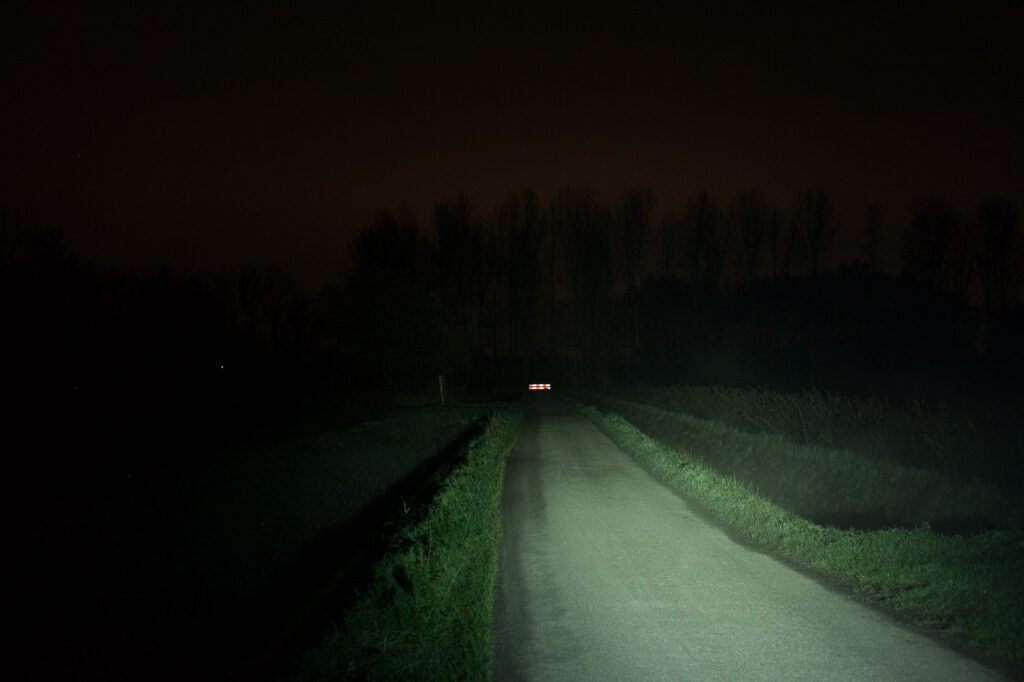
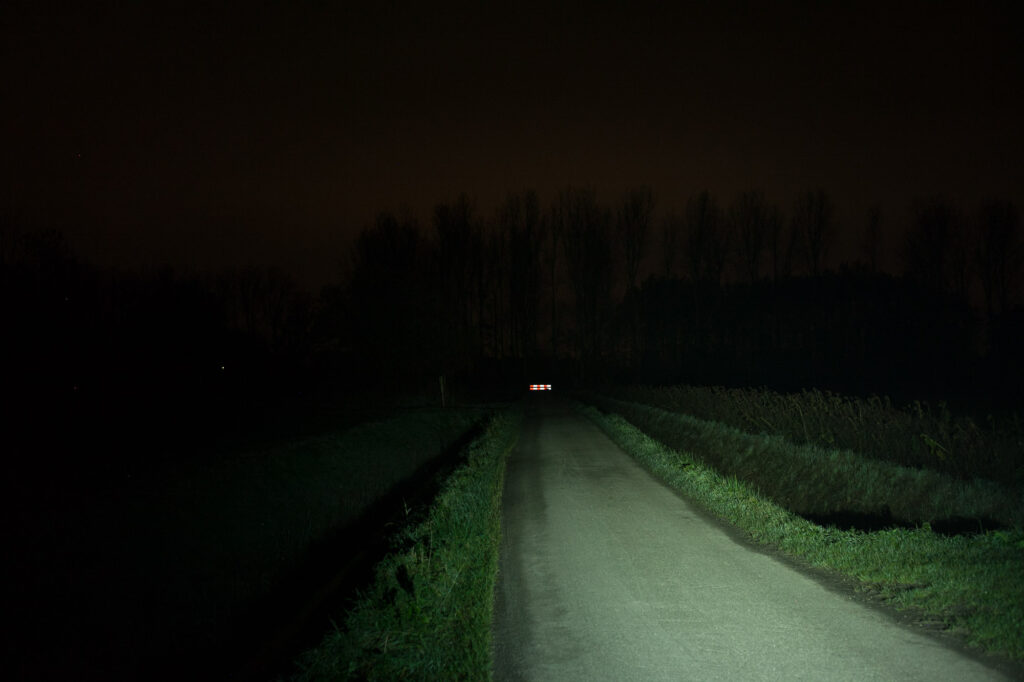
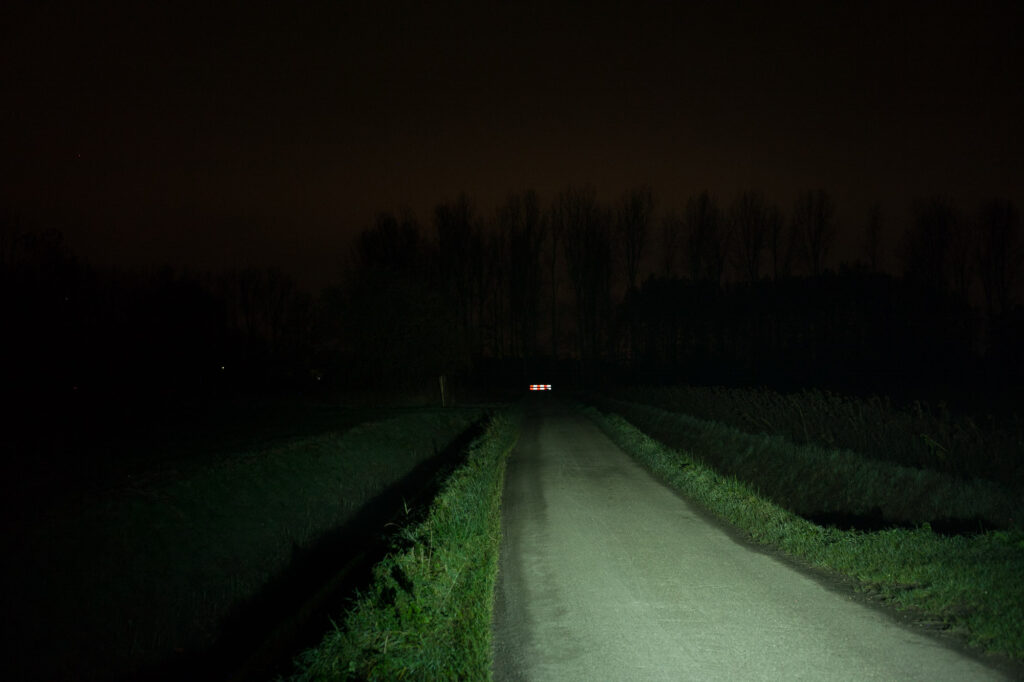
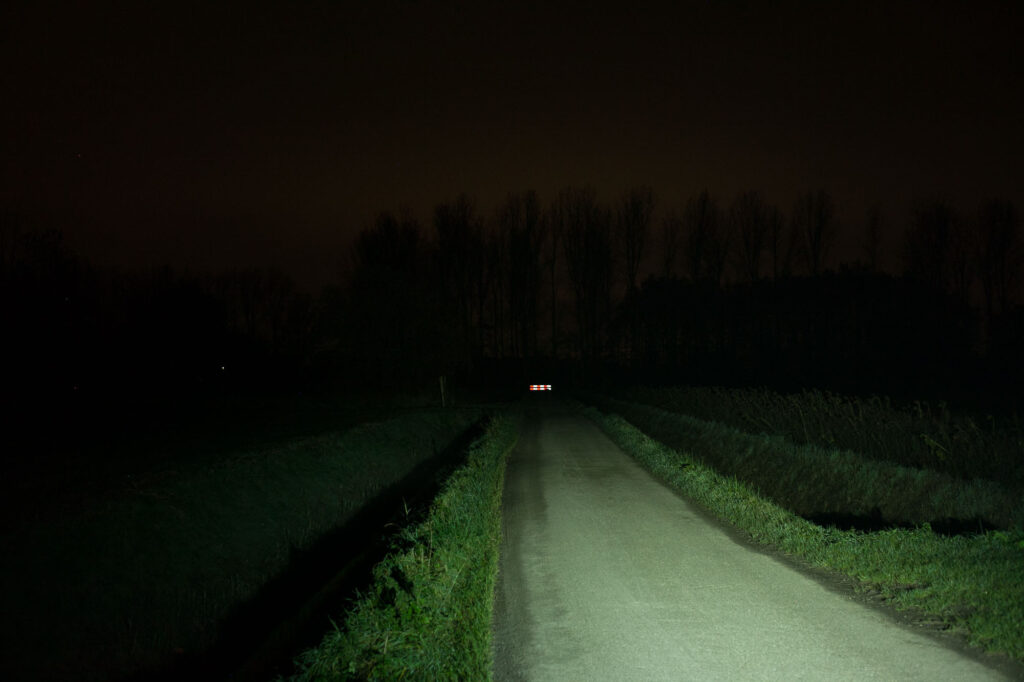
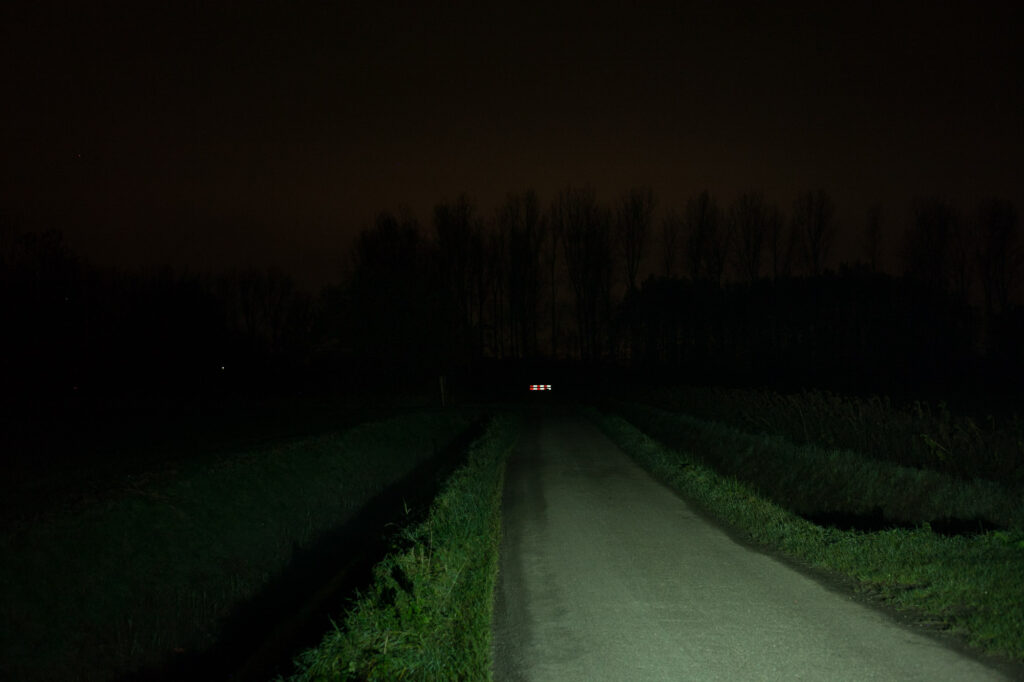
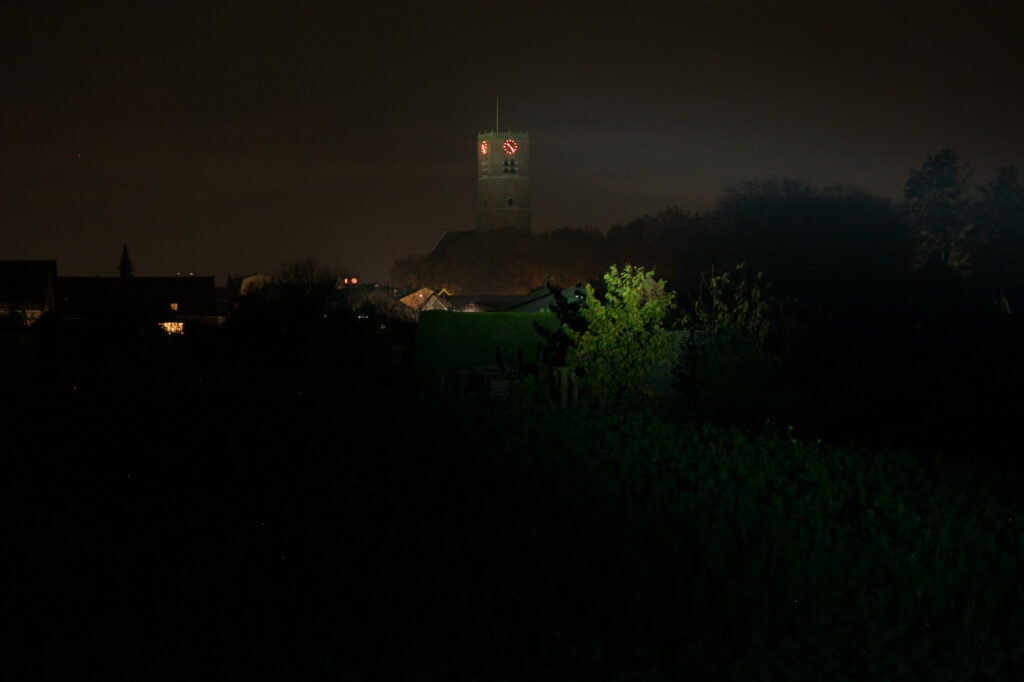
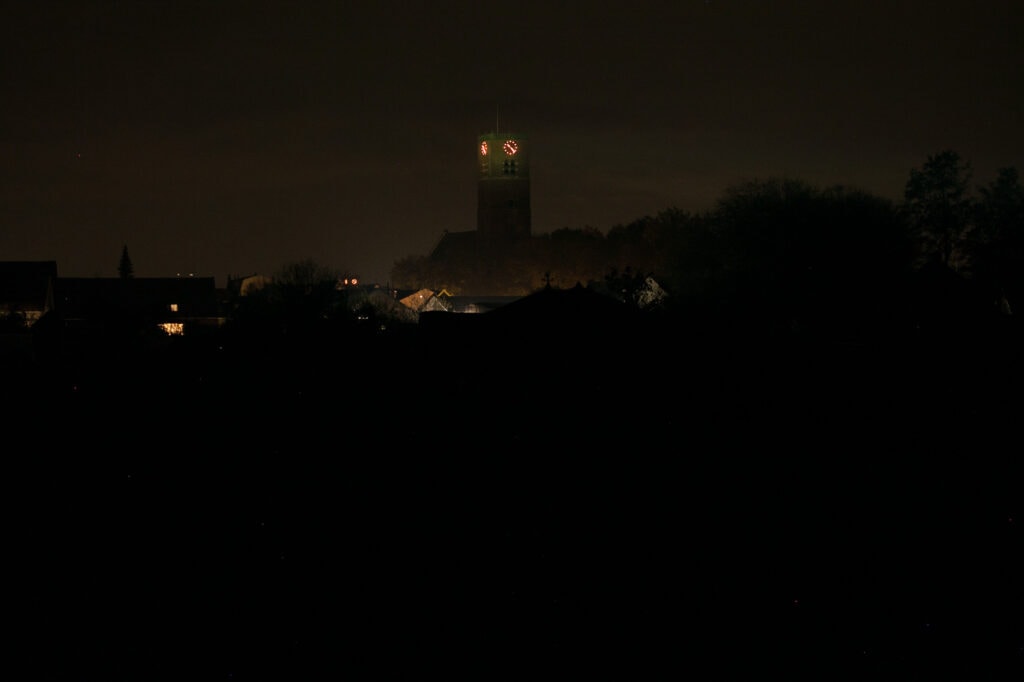
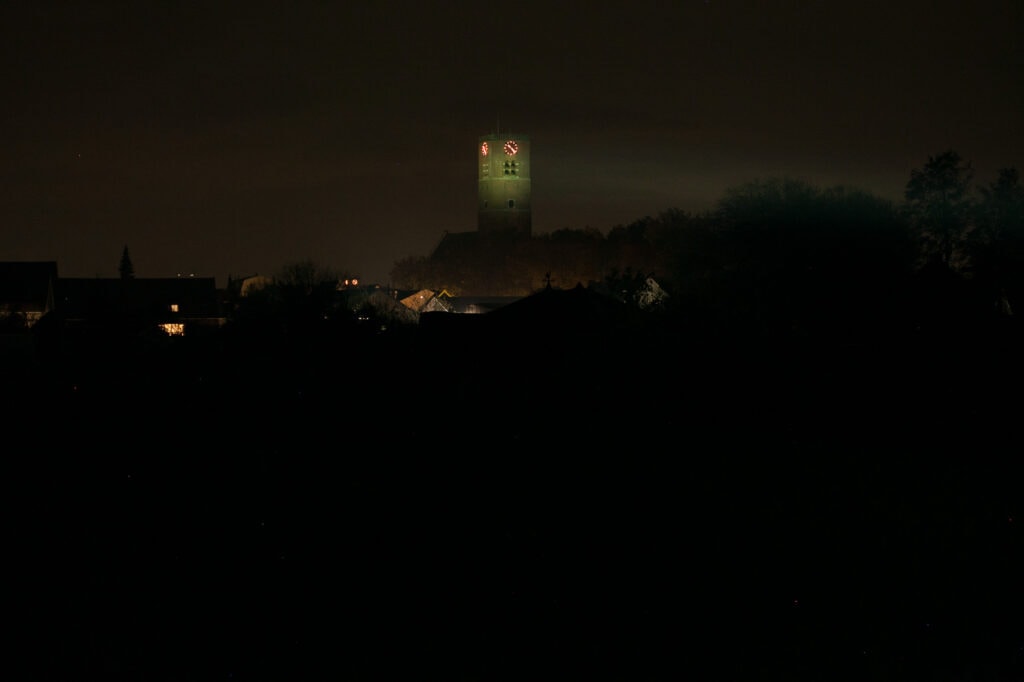
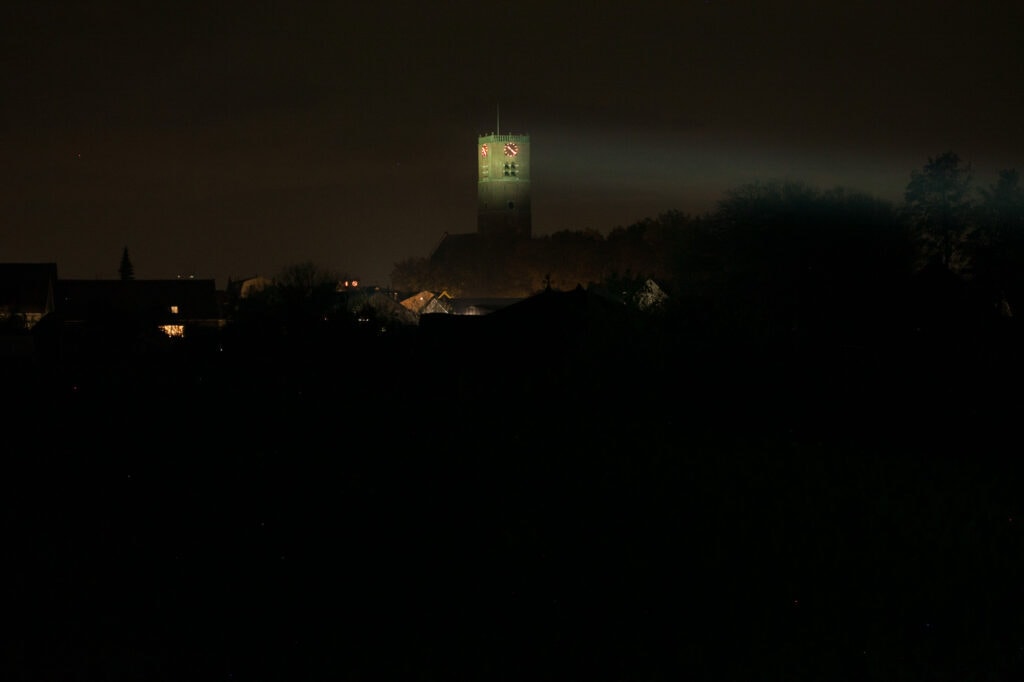
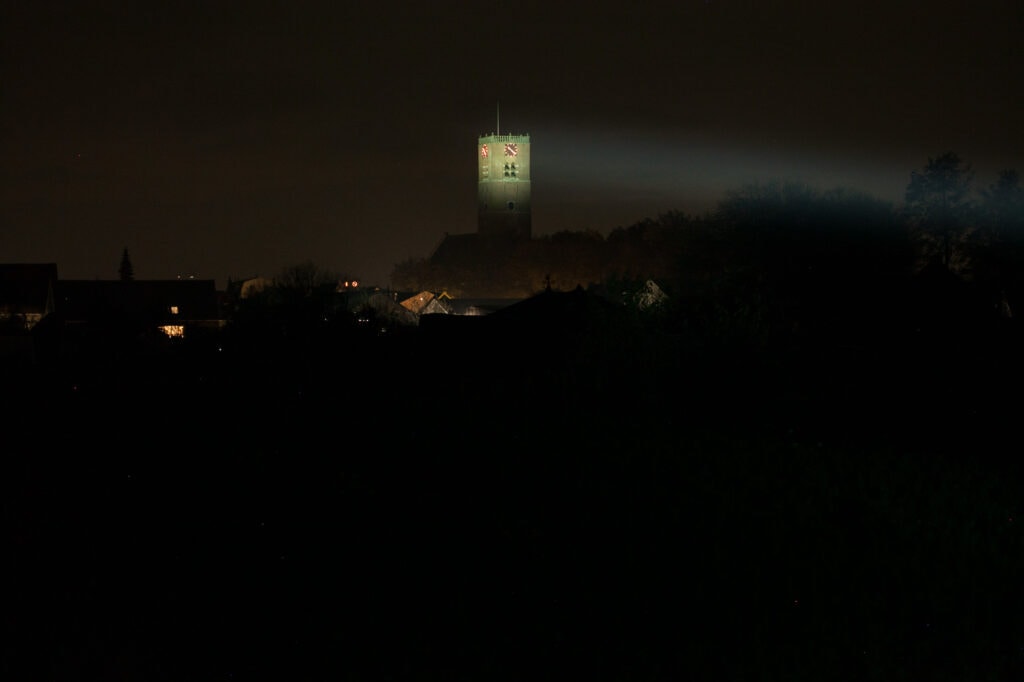
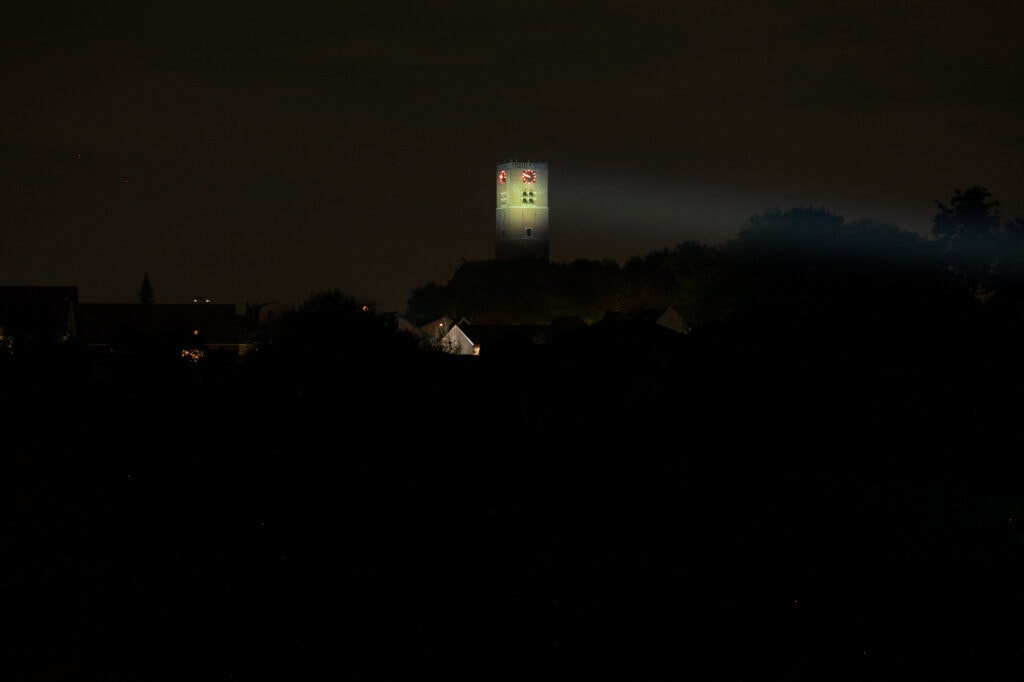
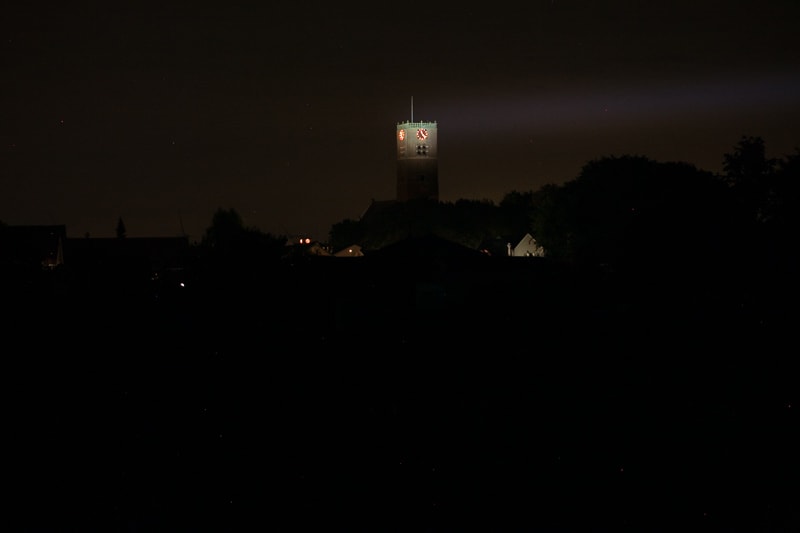
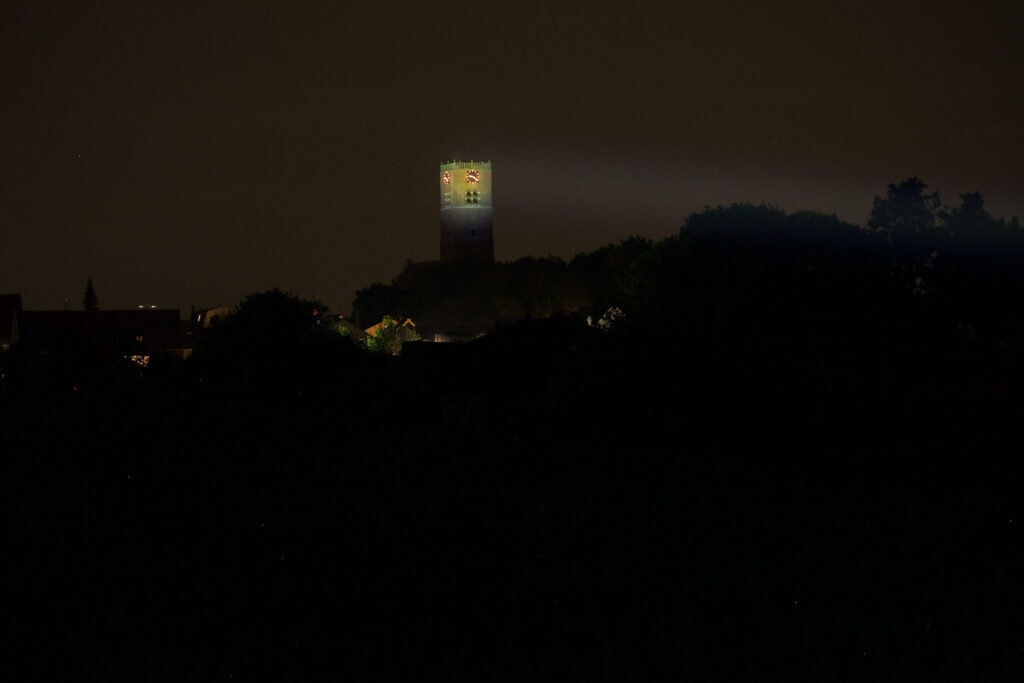
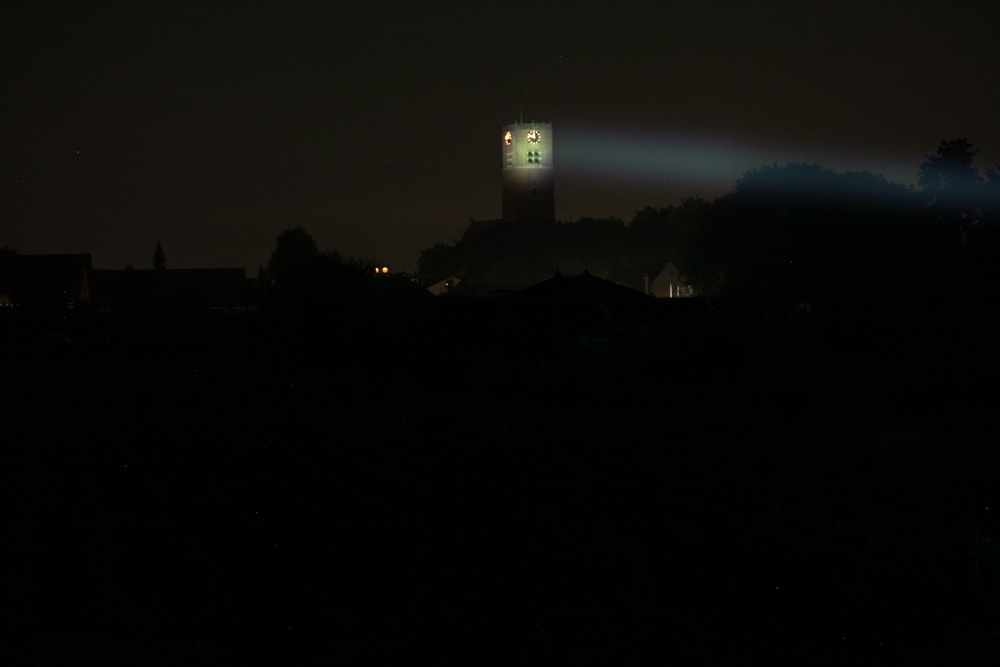
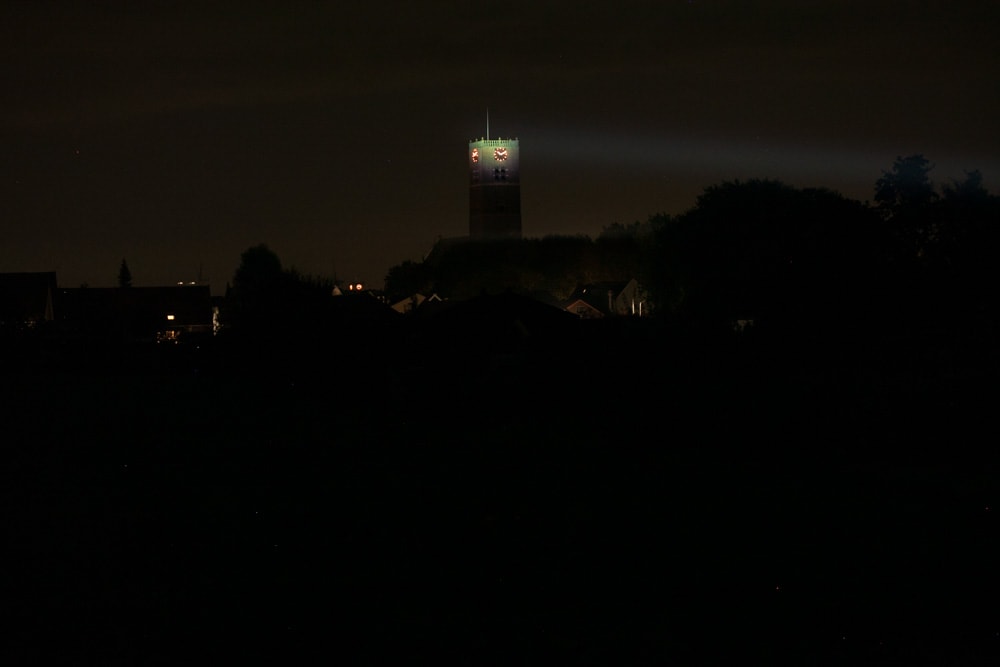
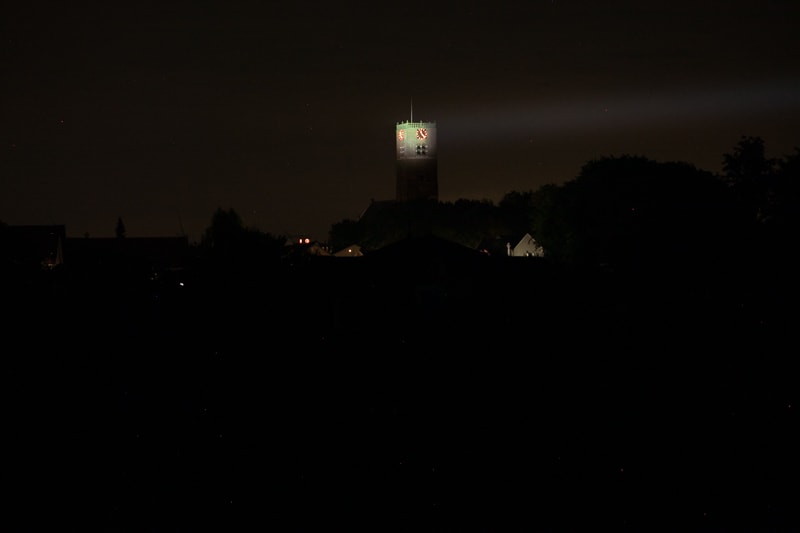
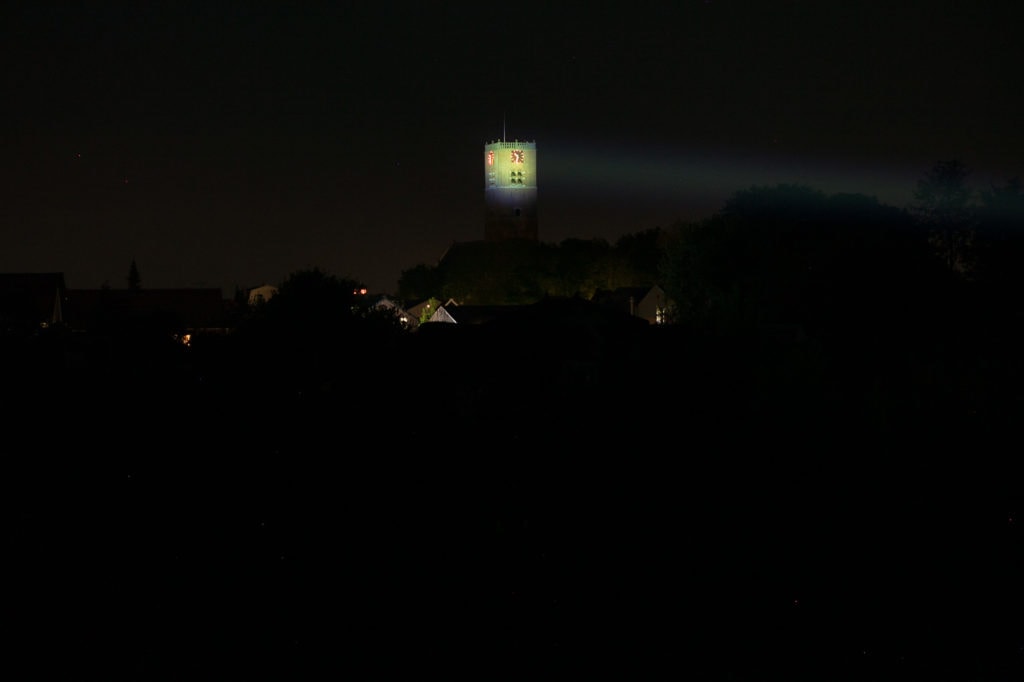
Disclaimer: This flashlight was sent to us for review at no cost by Acebeam. We have not been paid to review, nor have we been holding back on problems or defects.
Final Verdict
Pros
- Amazingly interesting zoom/diffuse feature
- Plenty bright for an LEP
- Onboard USB-C charging
- Accepts all kinds of 21700 batteries
- 3 switch system, with 1 for power, and 2 for modes etc
Cons
- 8 different softness levels (zoom) are too many in my opinion. I would have liked to see just 3 or 4 at max.
- Beam is a little ‘greenish’
Explanation on star ratings:
1: Avoid: my phone flashlight would be a better choice – 2: Poor: significant defect or issues; almost unusable – 3: Average: some defects or issues; but still usable 4: Good: recommended (minor issues) – 5: Great: highly recommended

4.5 stars: ★★★★⋆
While our star rating provides a reliable indicator, we encourage you to read the full review to make an informed decision based on your own needs and preferences.
My first impression of the W35 was very positive, and I couldn’t believe my eyes seeing the Crystal Diffractive Electro-optic Lens at work.
This zoom feature is breathtaking, and I still don’t really understand how it works, but that doesn’t really matter, since we test its actual performance, UI etc to know if it actually works or not.
And that’s where things become a little less positive, in my opinion. I like the mechanical rear switch for power, and the 2 side switches for zoom end output modes. But I don’t particularly enjoy 8 different zoom levels. You’d have to run through all 8 levels, before you can go back again. You could do a double click to go to 1 end, and another double click to go to the other.
Even though, this is still one of the most interesting LEP flashlights to date, with some very interesting features for a pretty good price, compared to its competition.
And in terms of performance, mine performed much better than its predecessor, the W30, and maybe not as good as some of its competitors, but you get some very nice build quality, and unique features in return.
Buy your Acebeam W35 with a discount
Get a whopping 15% off your next order at Acebeam.com with the following discount coupon: AE15. Simply add the coupon code at your checkout.
1lumen selects and reviews products personally. We may earn affiliate commissions through our links, which help support our testing.